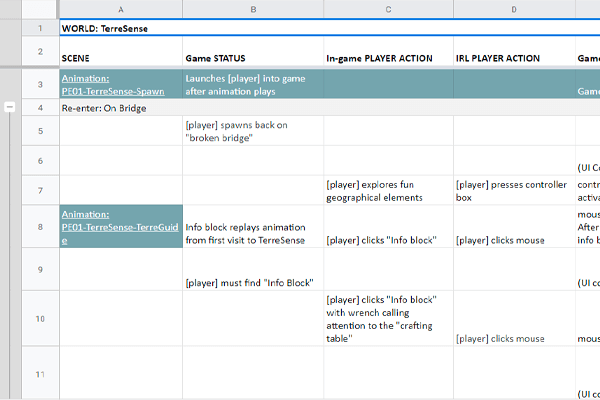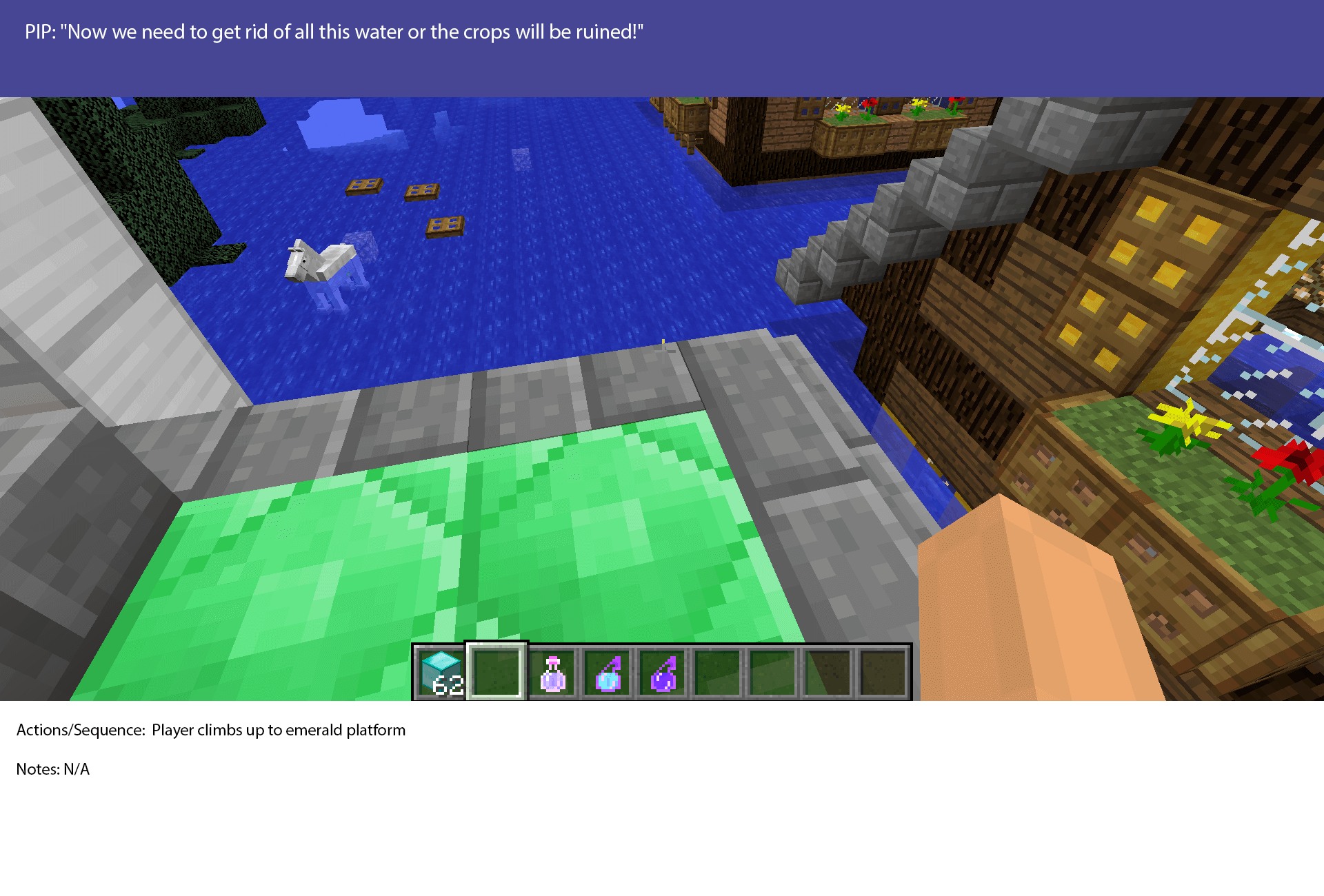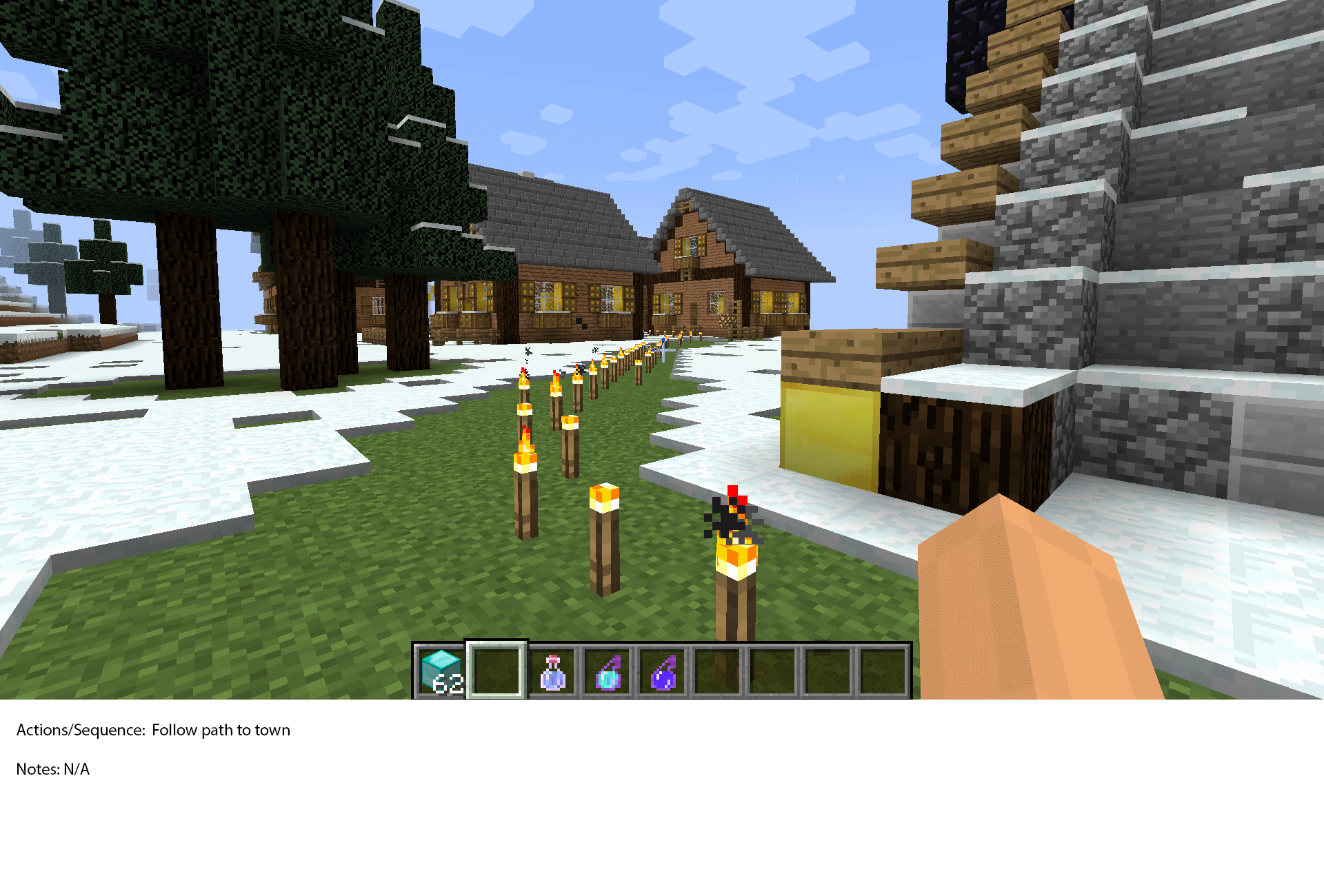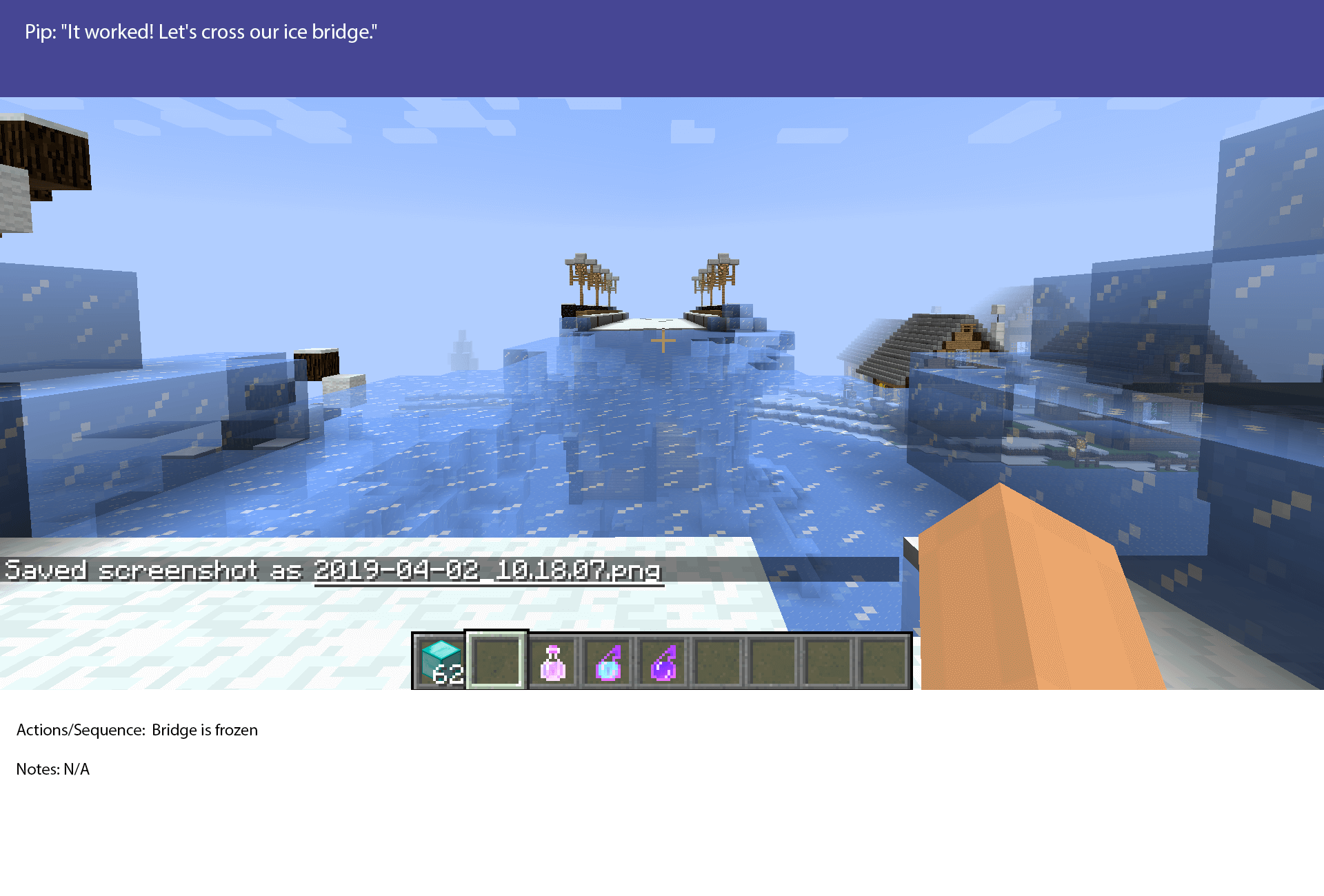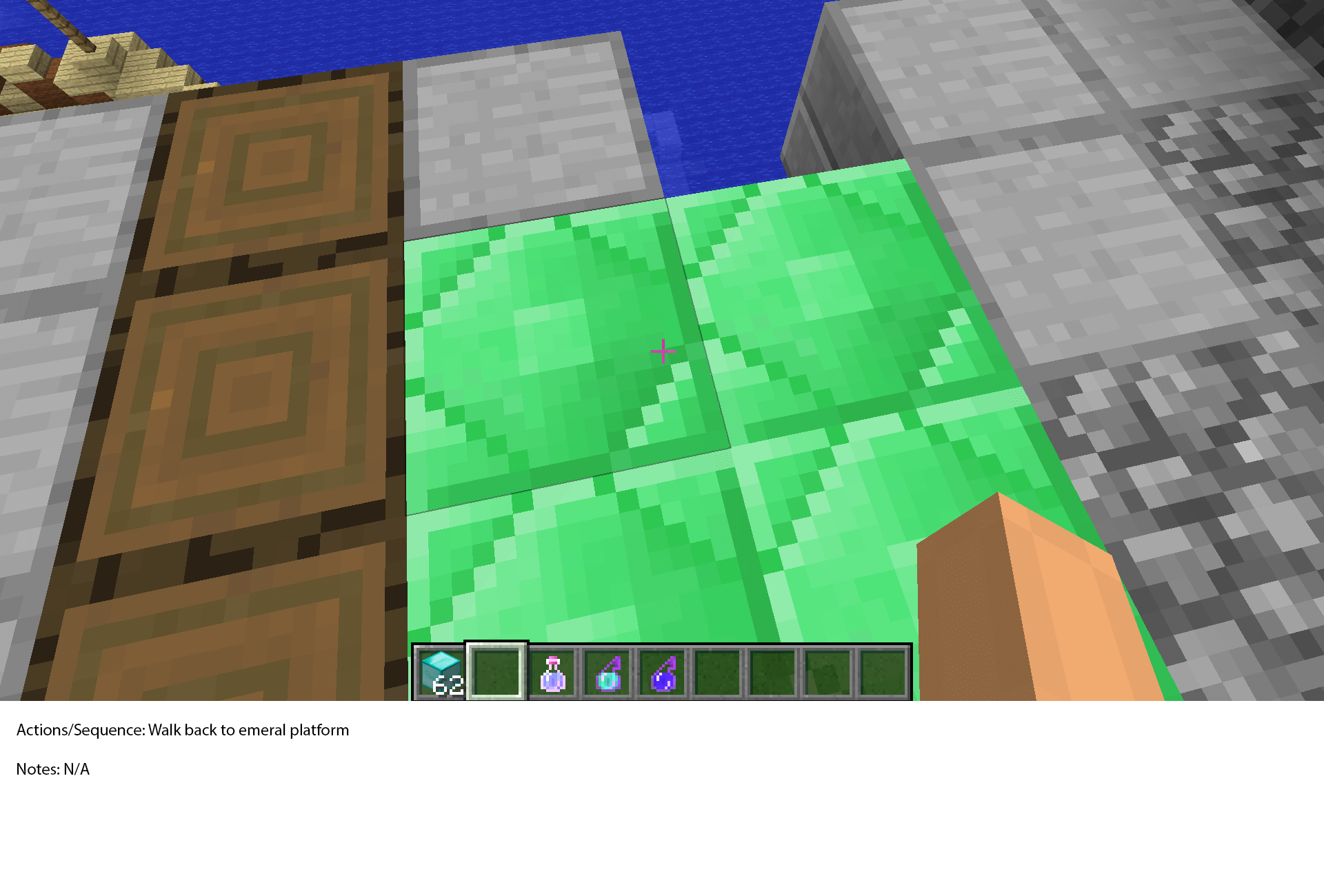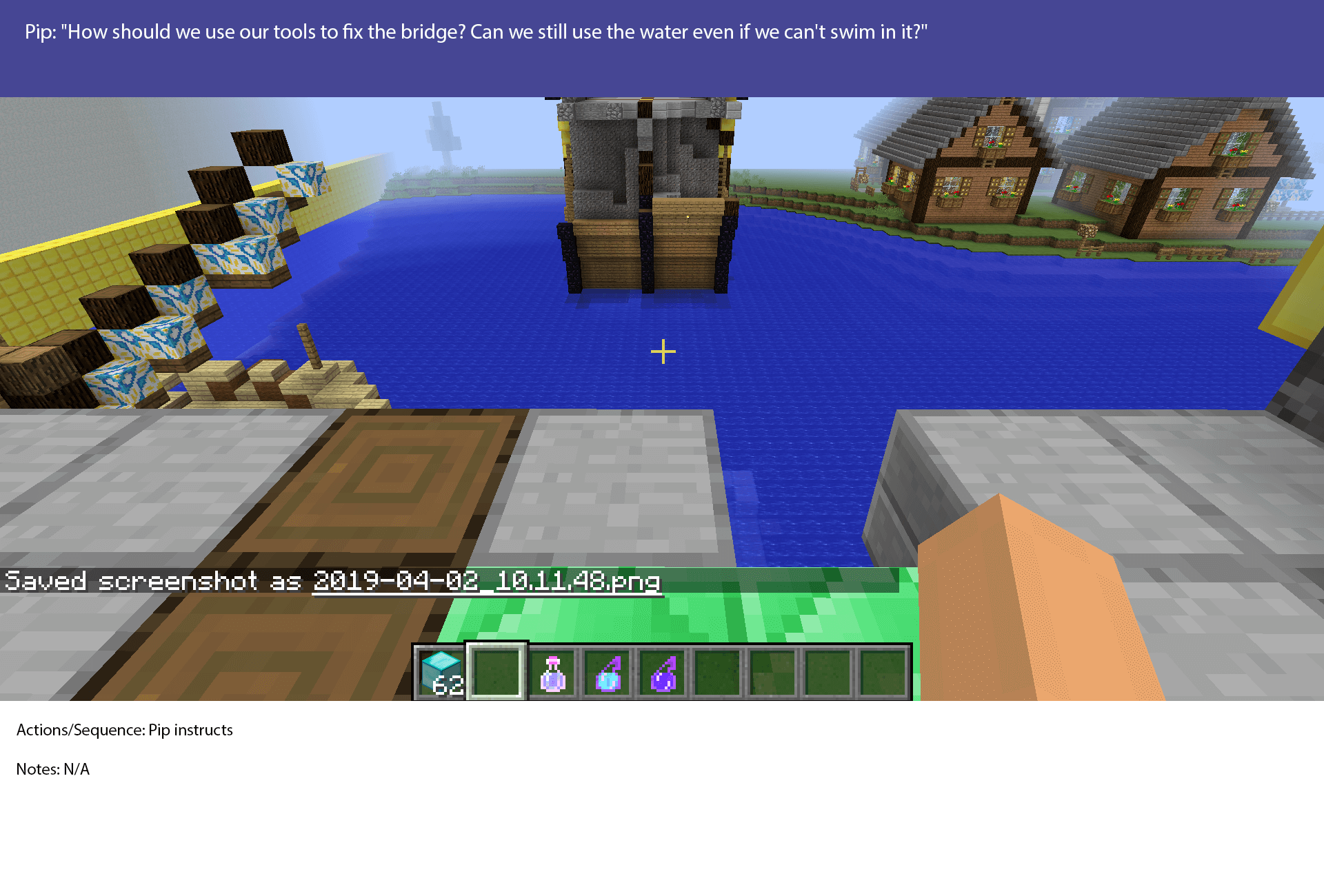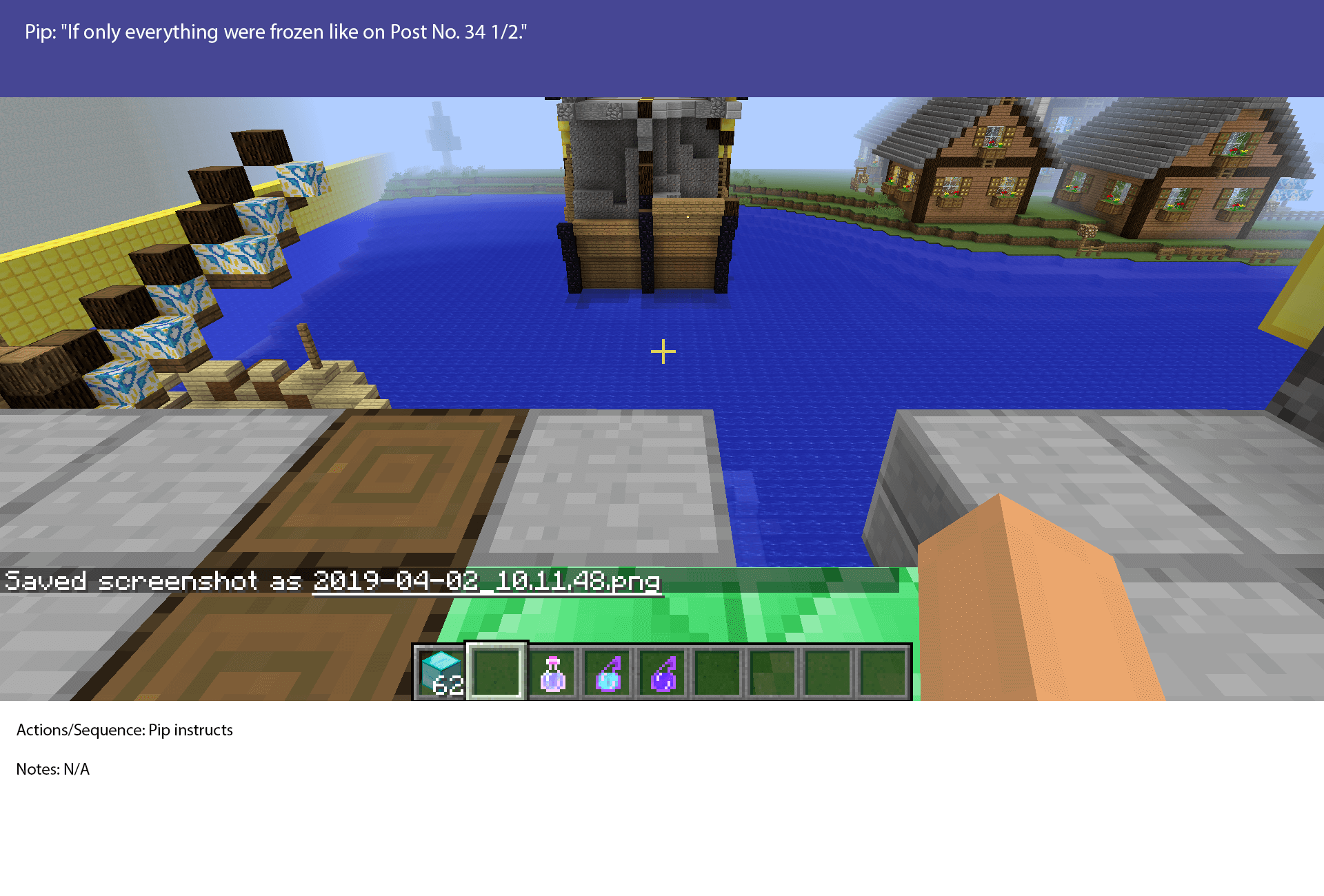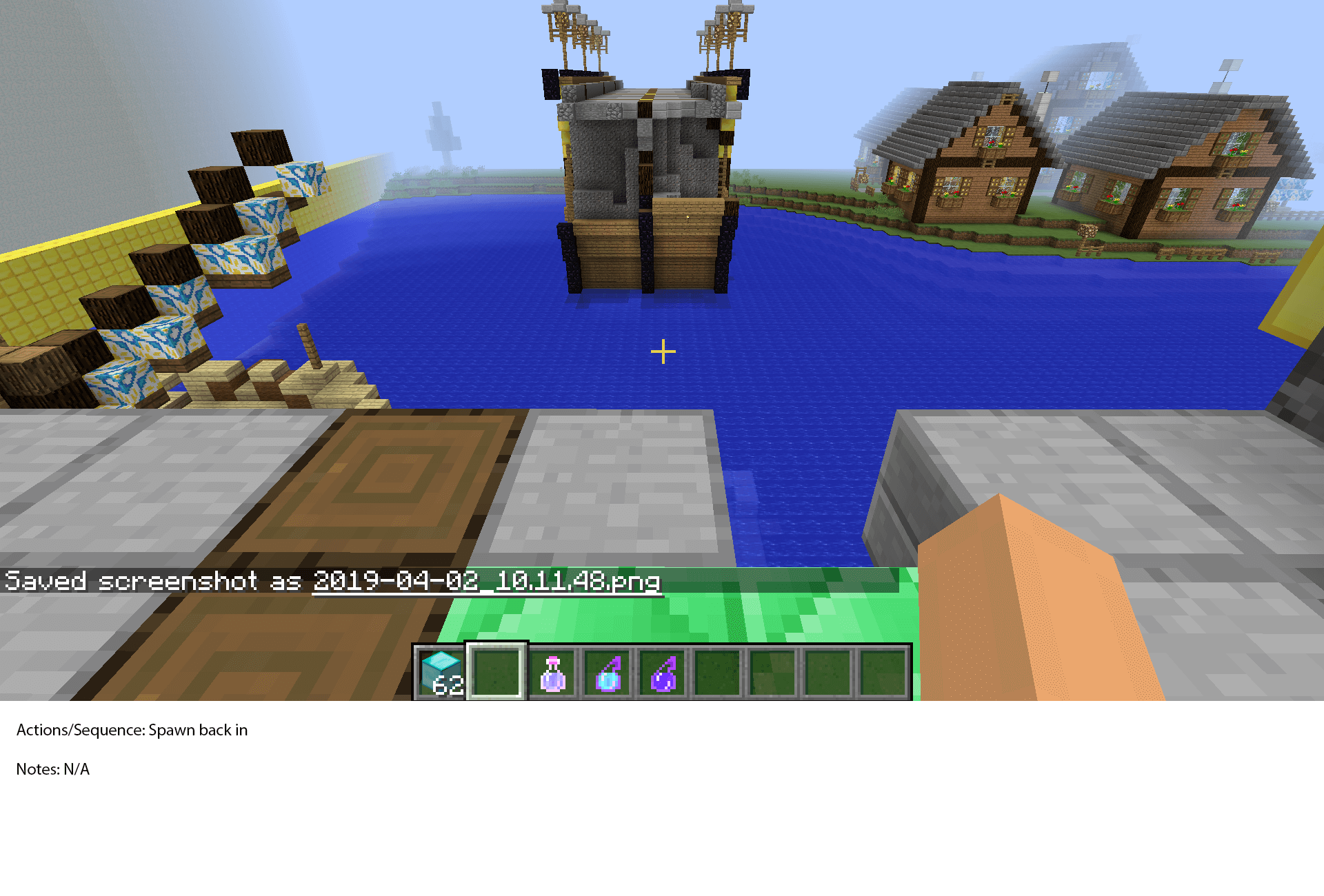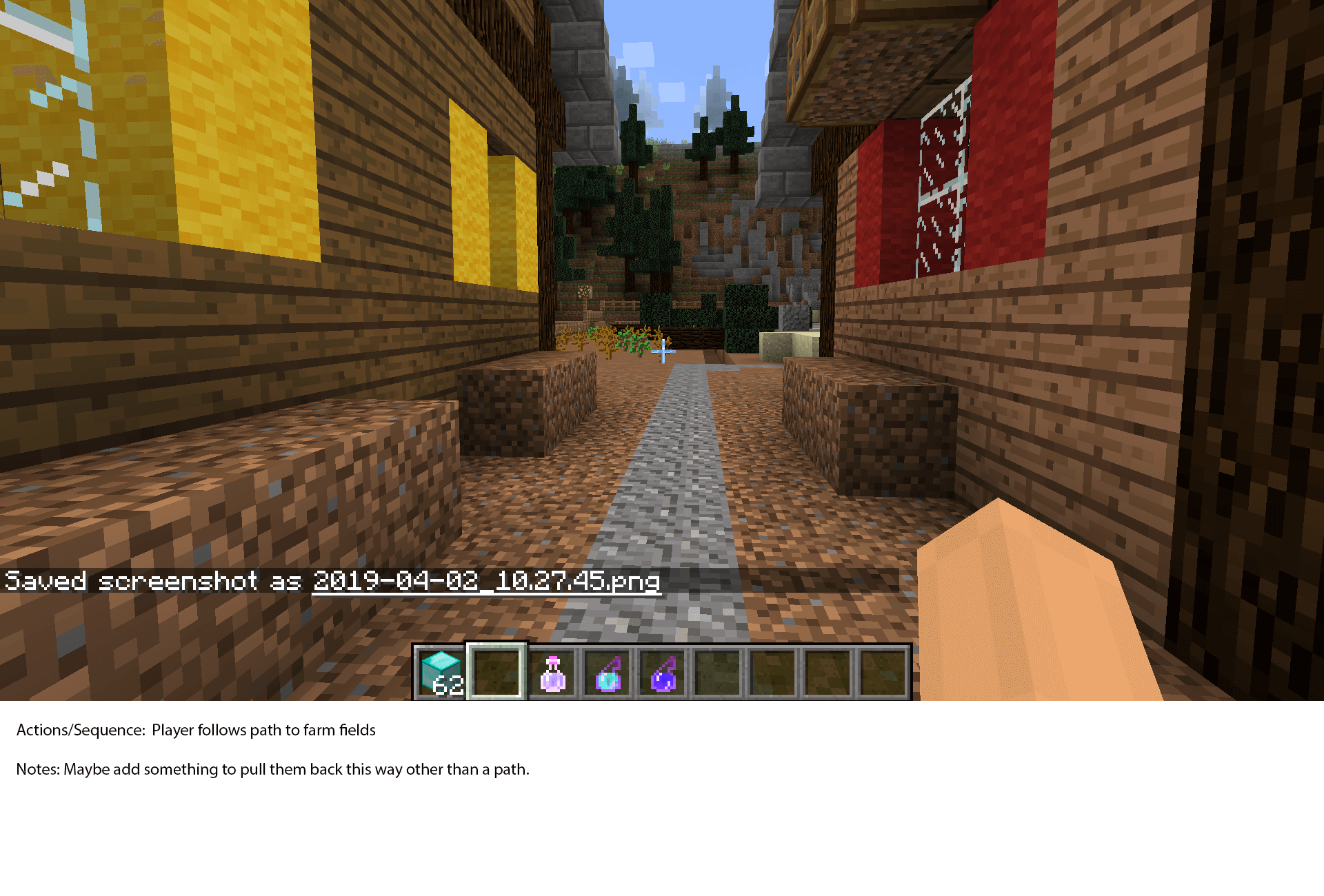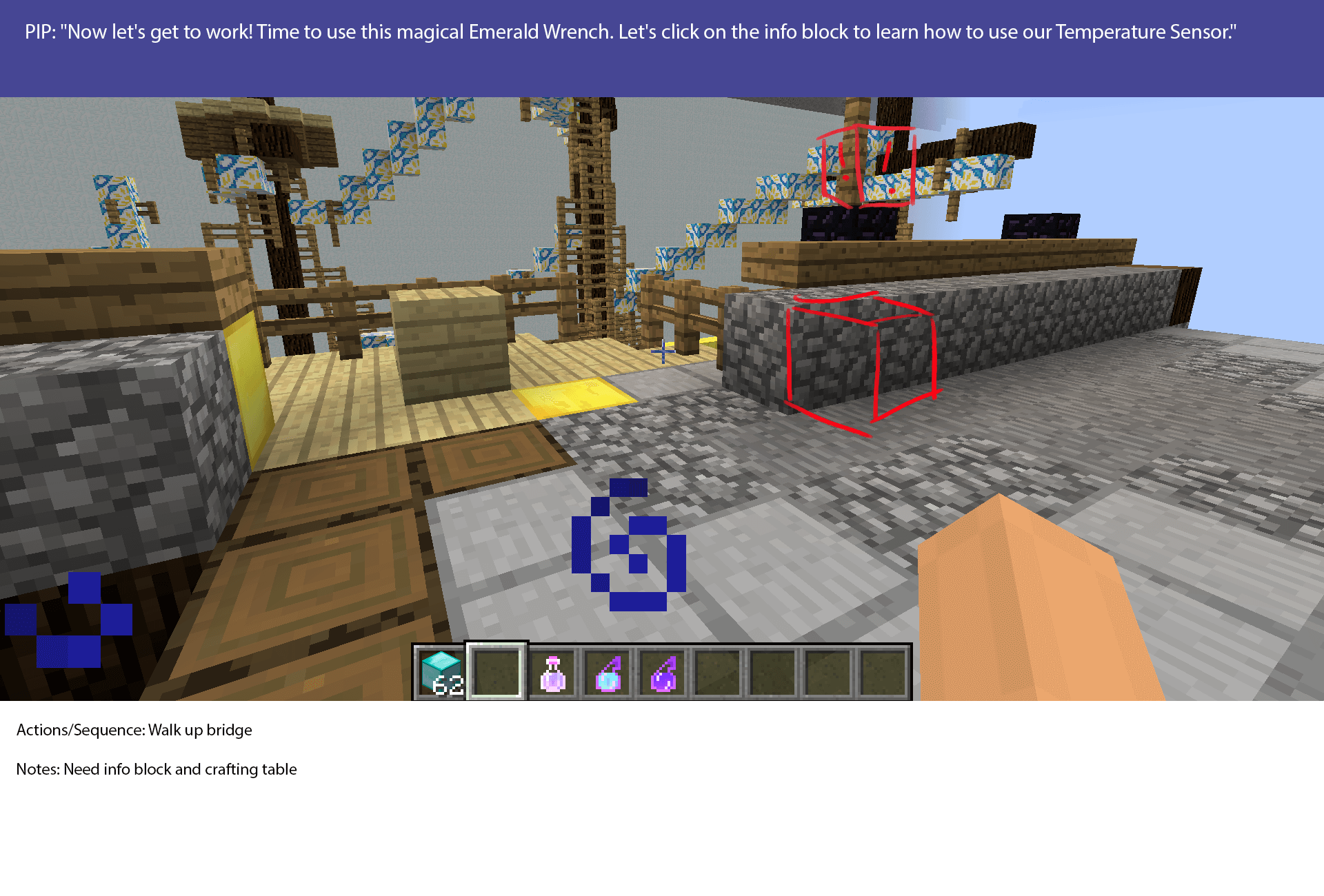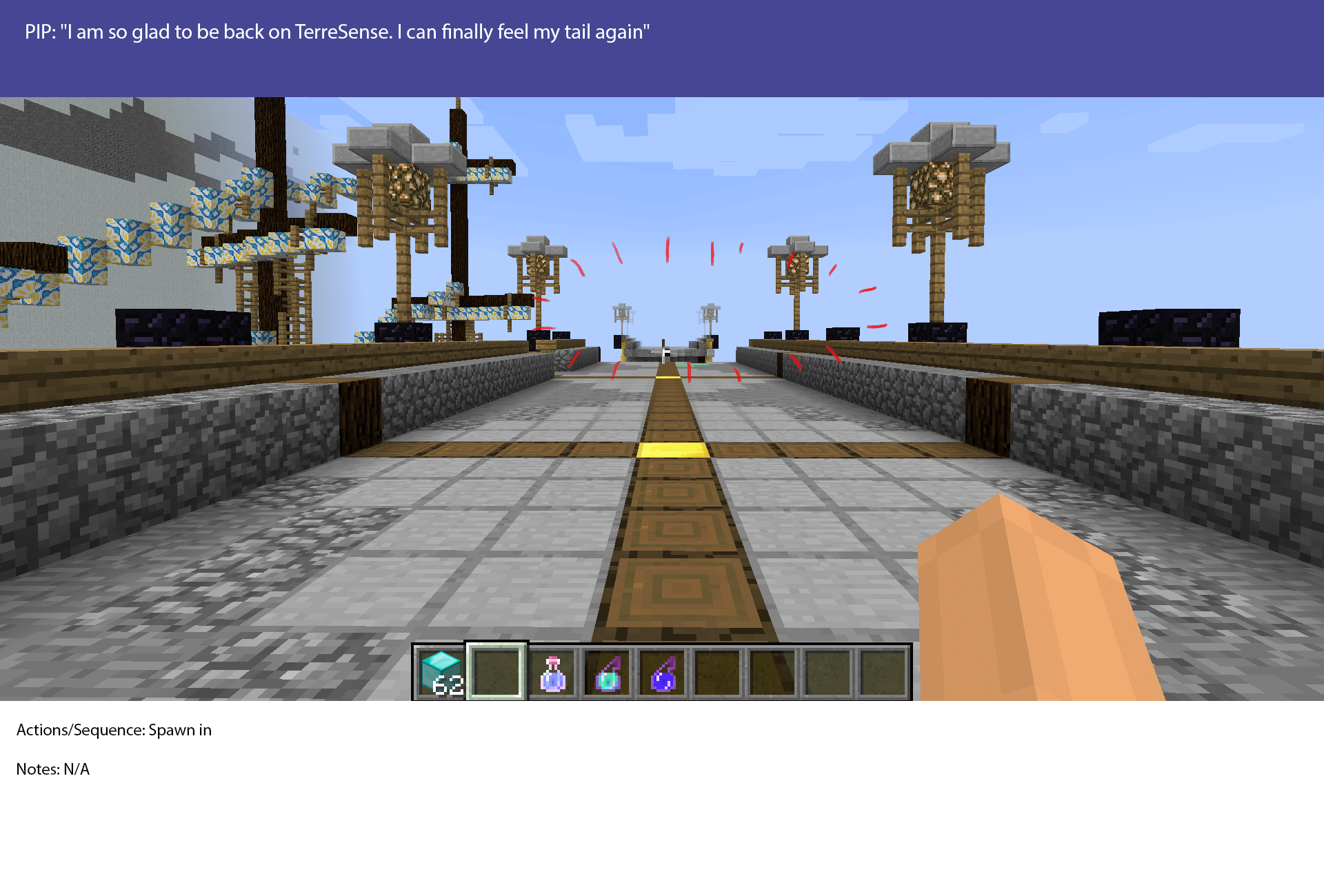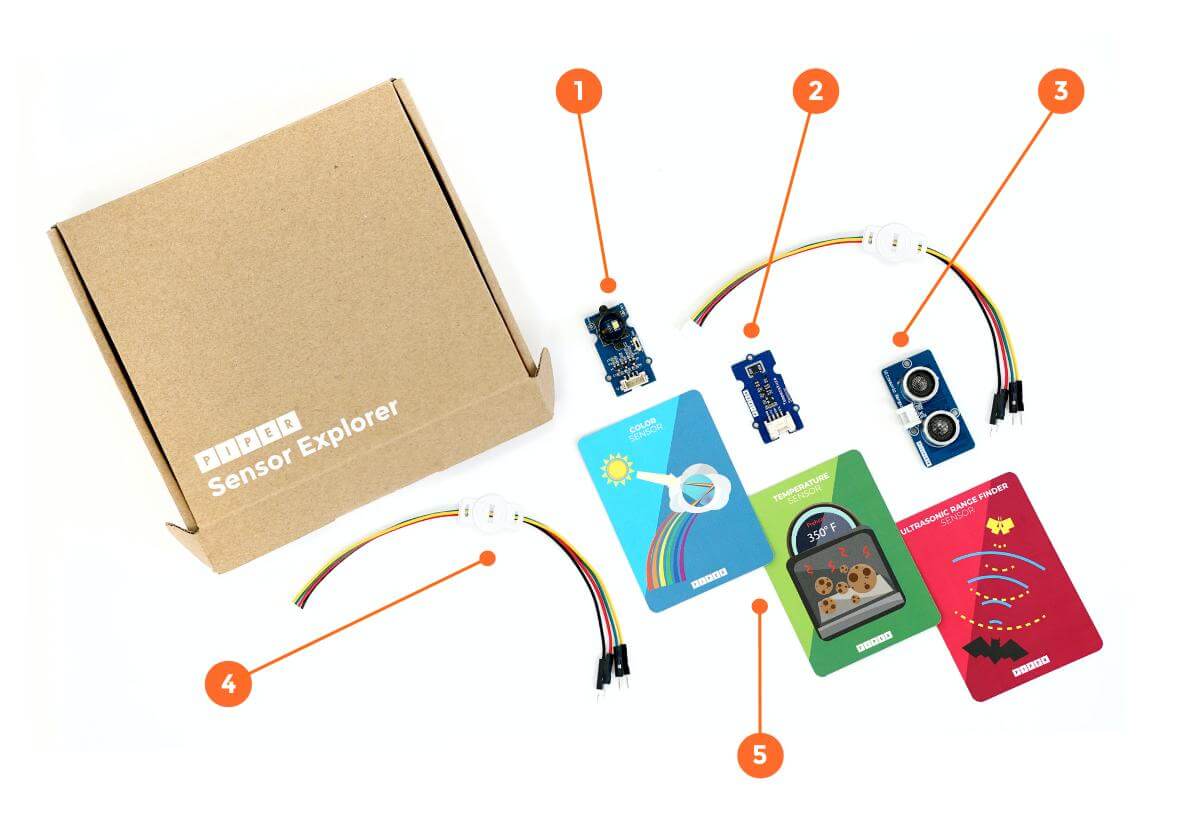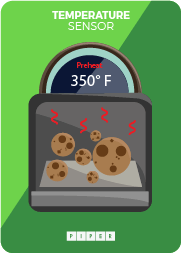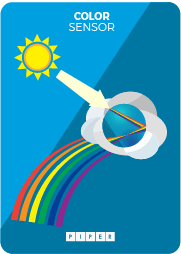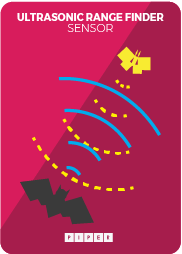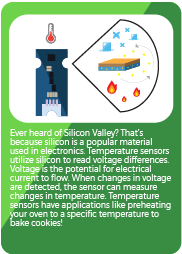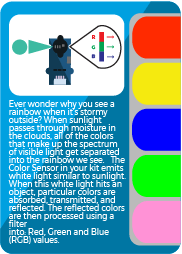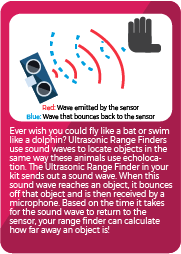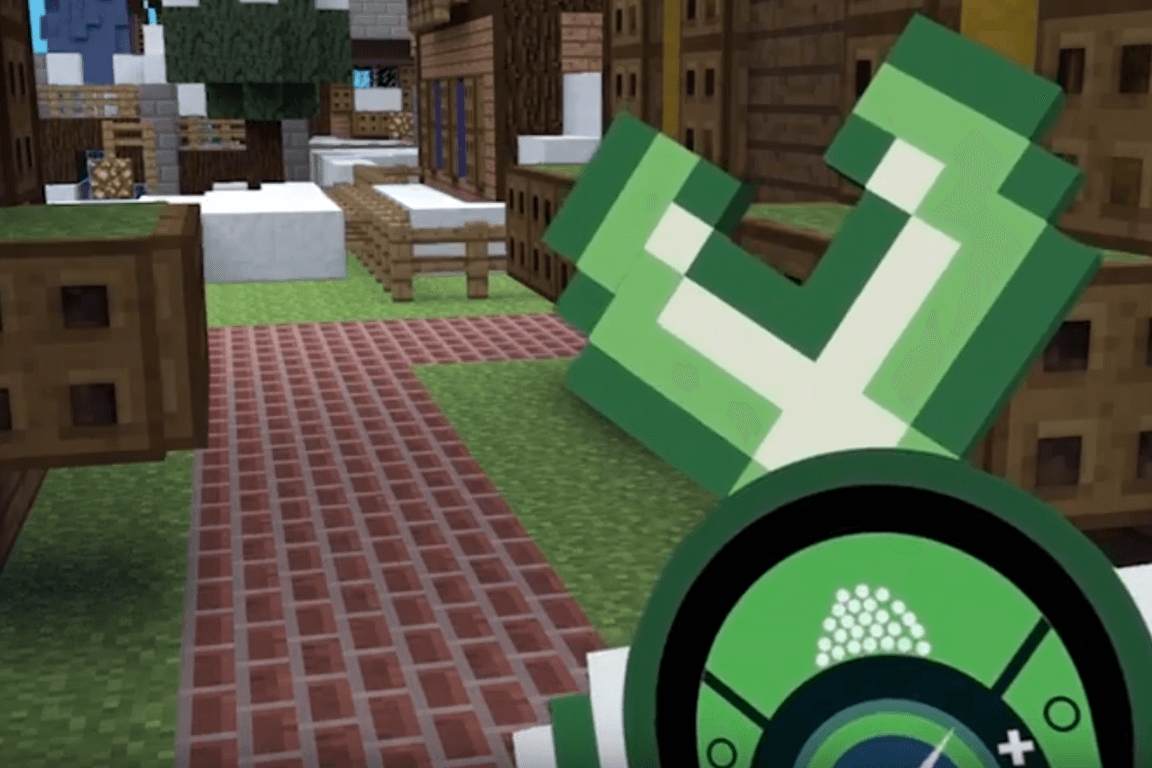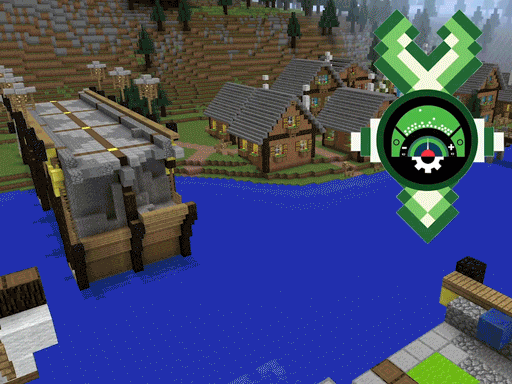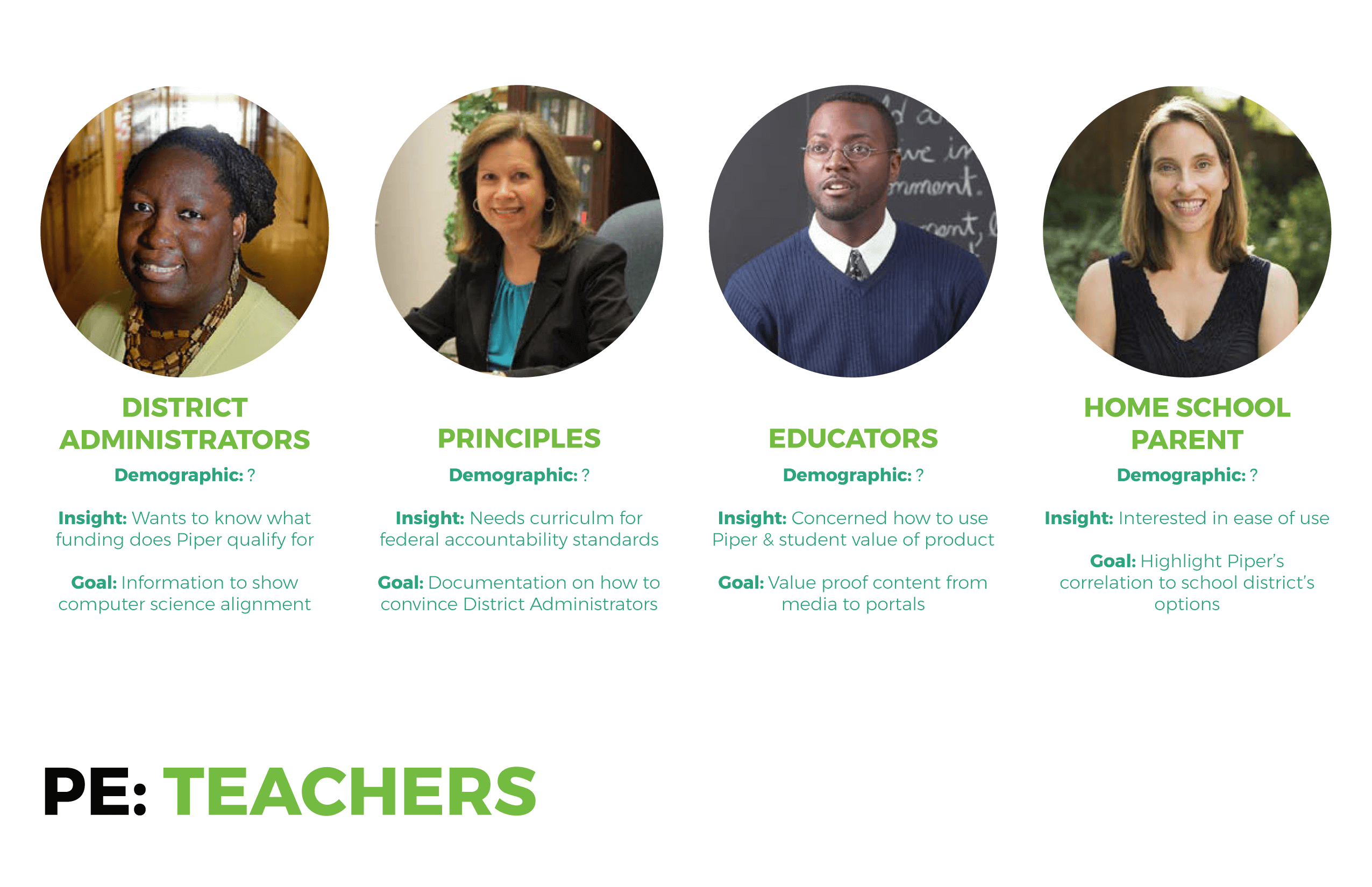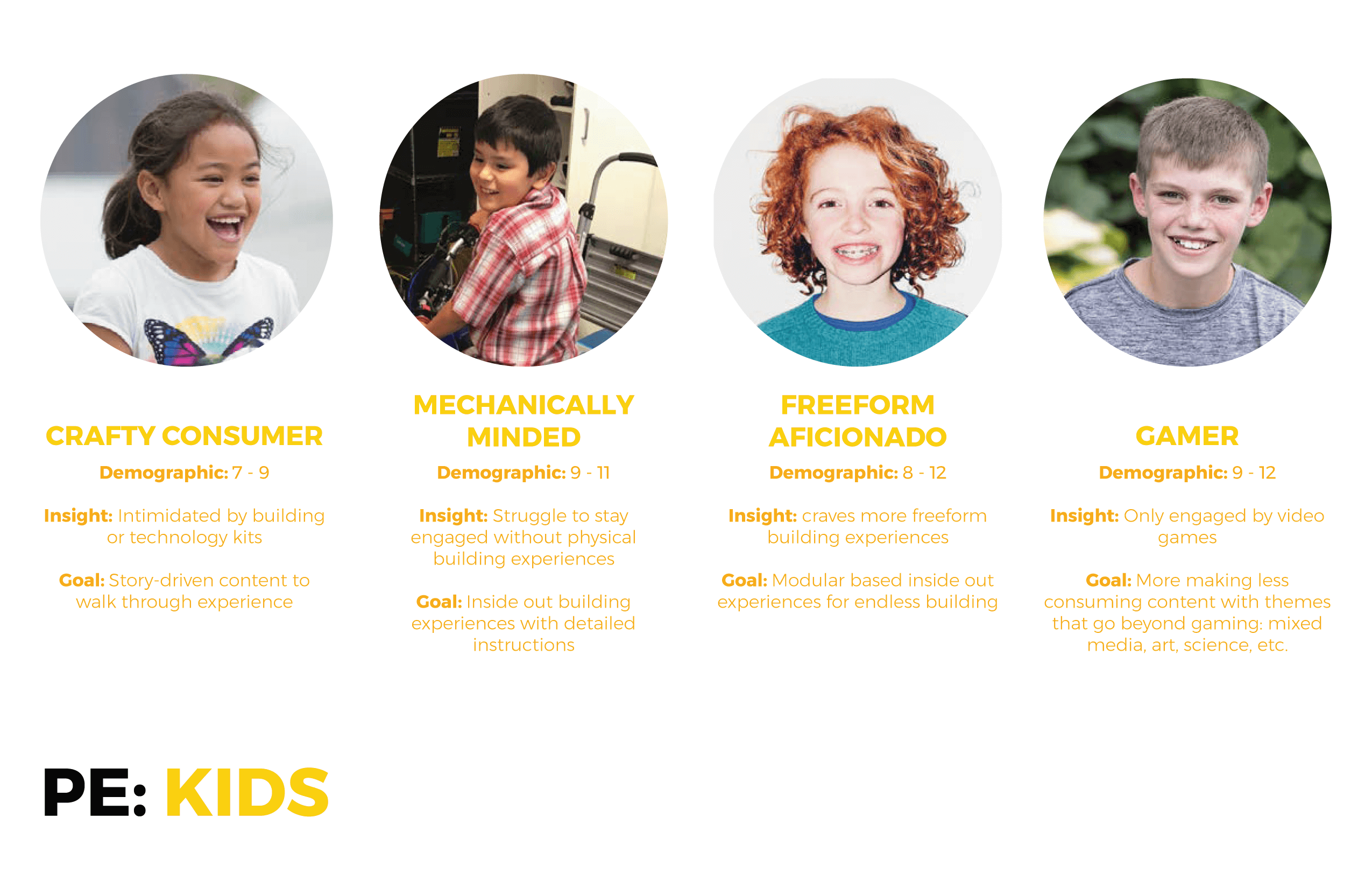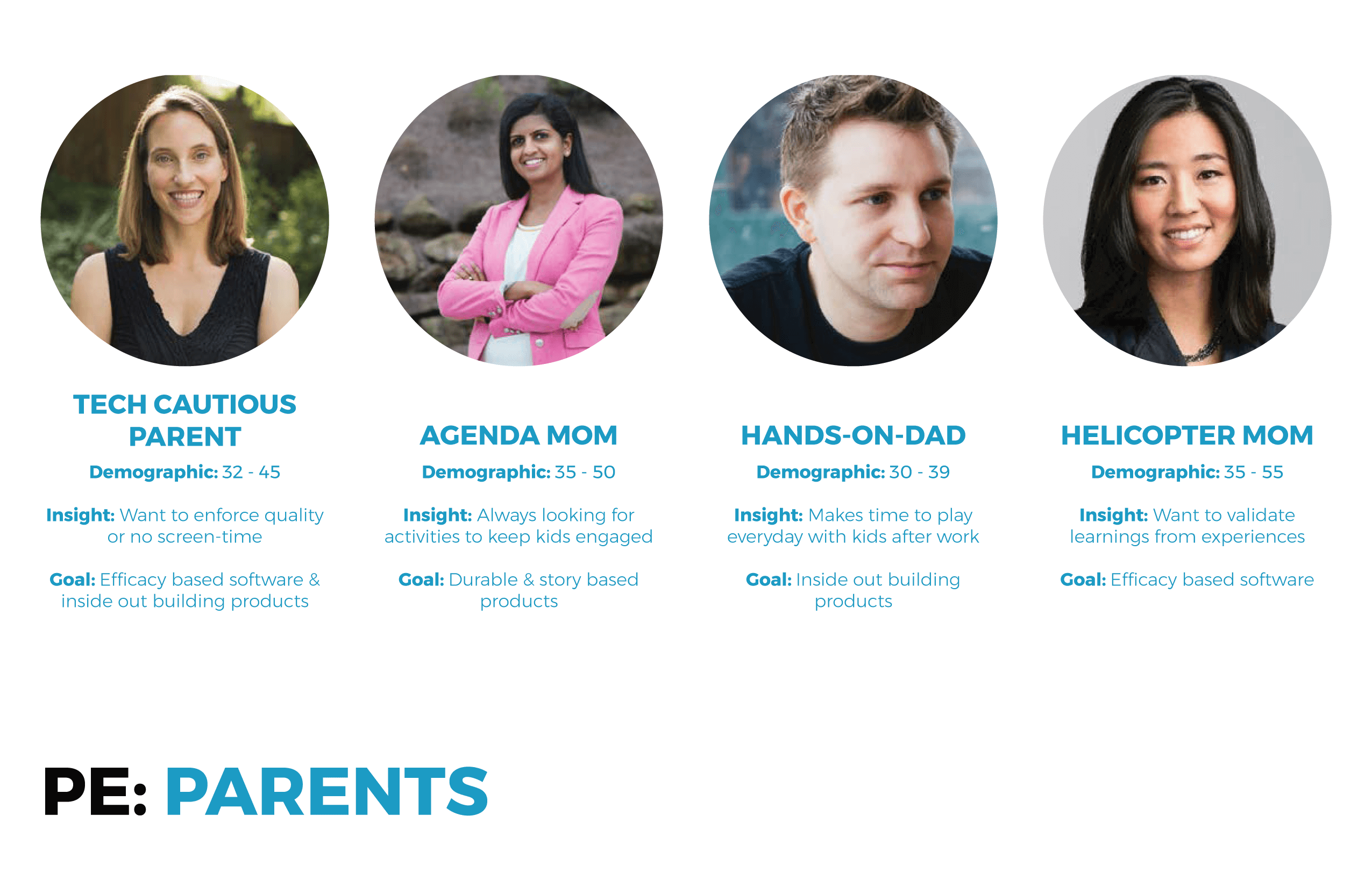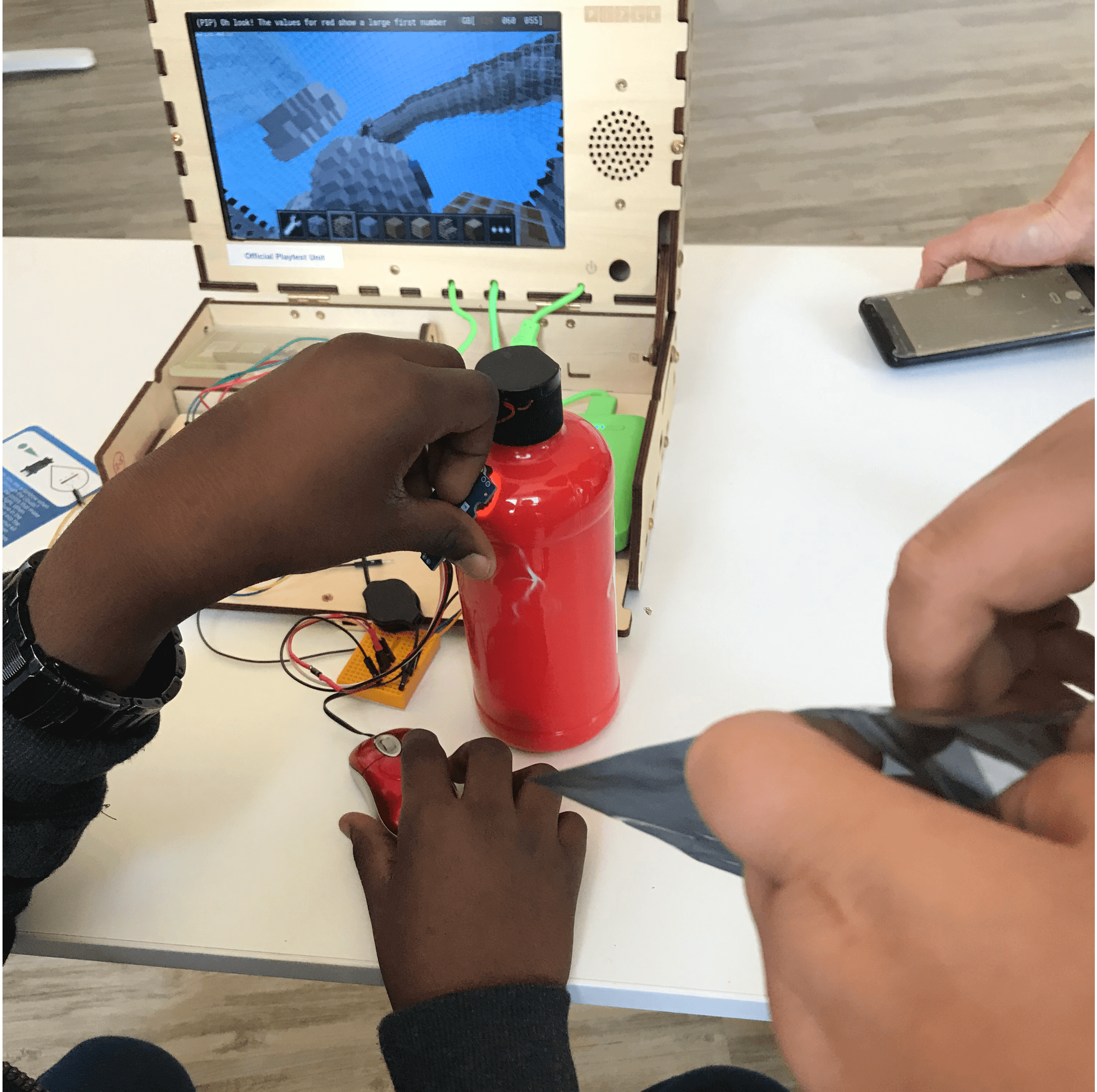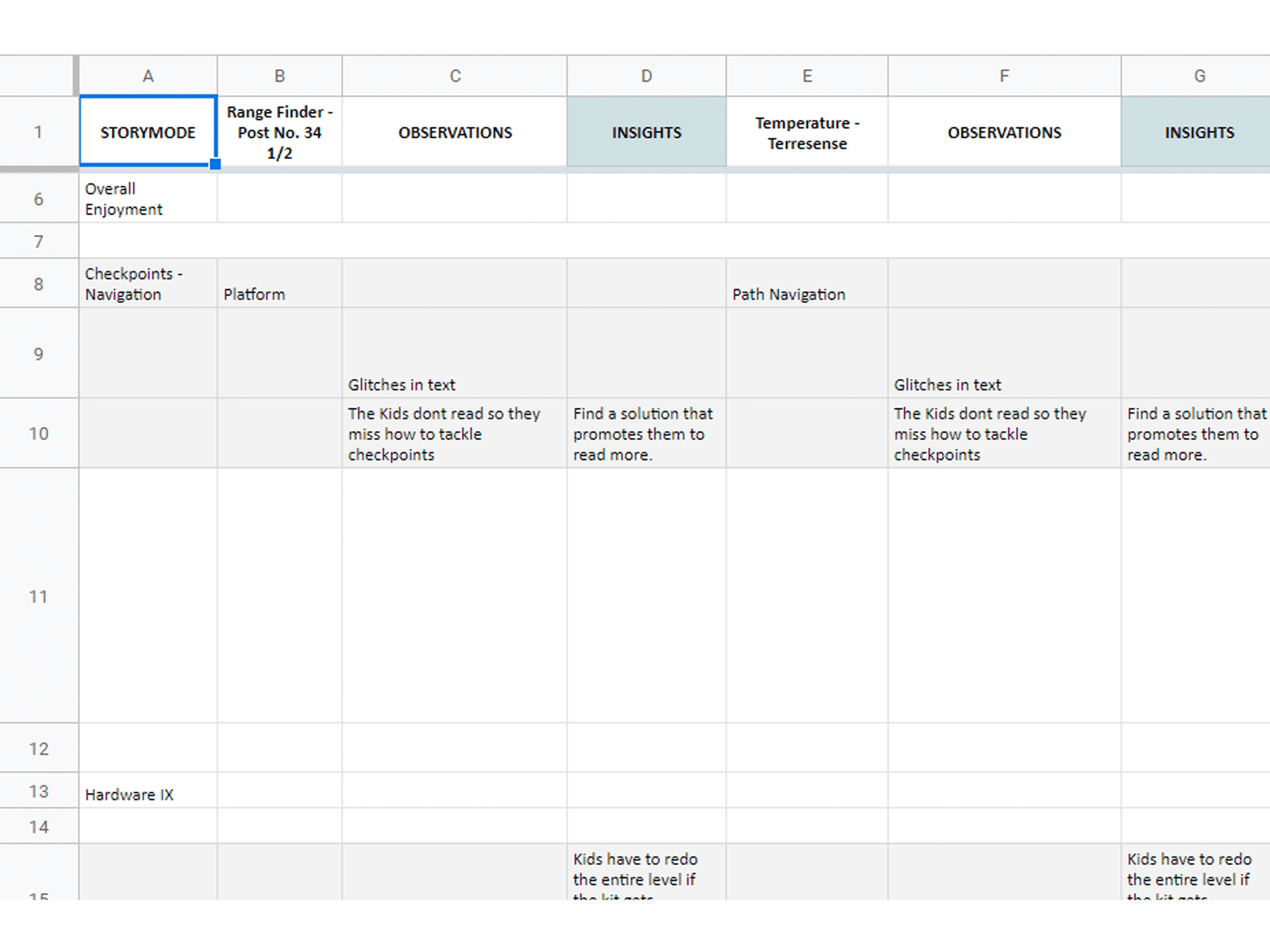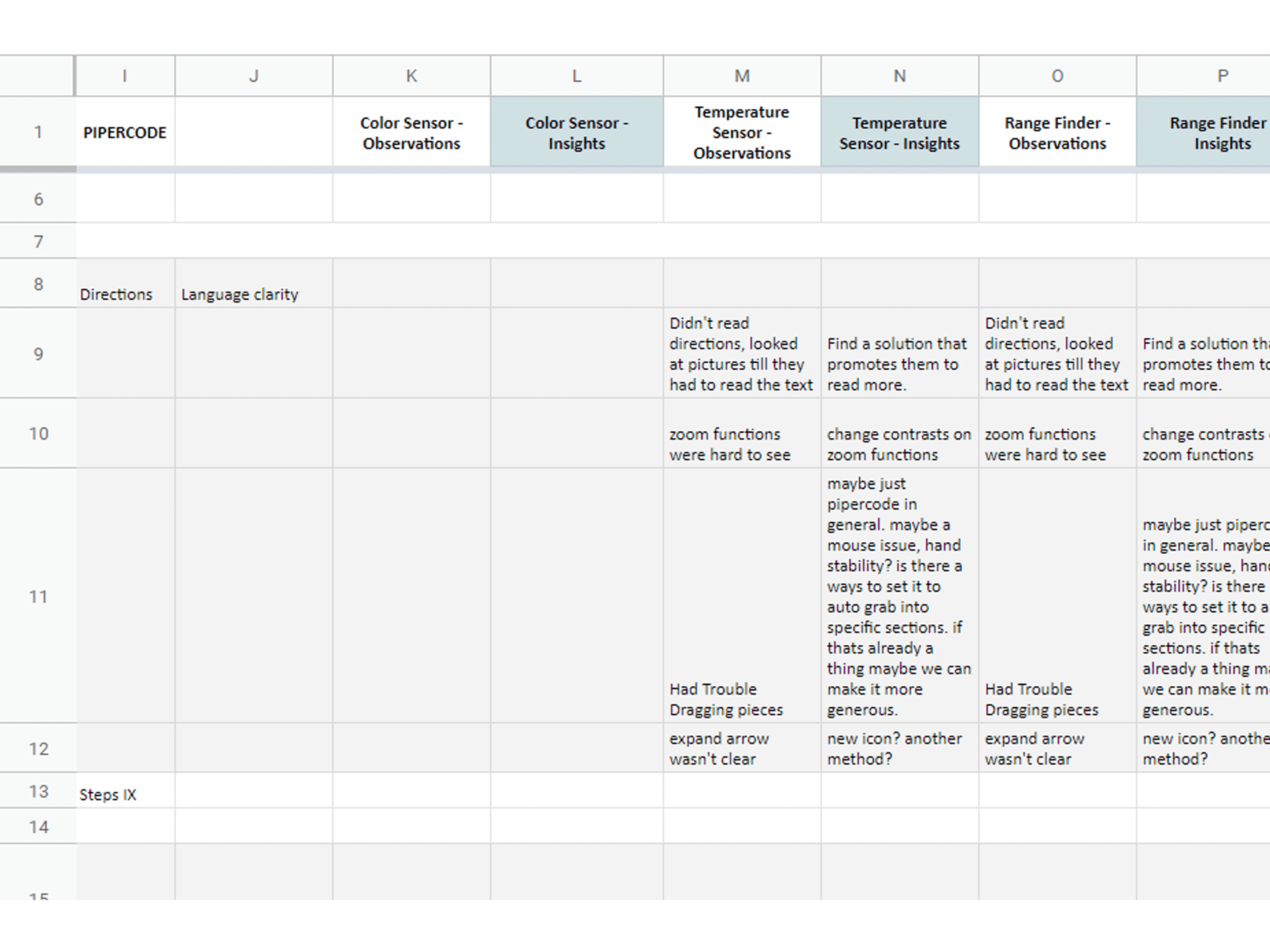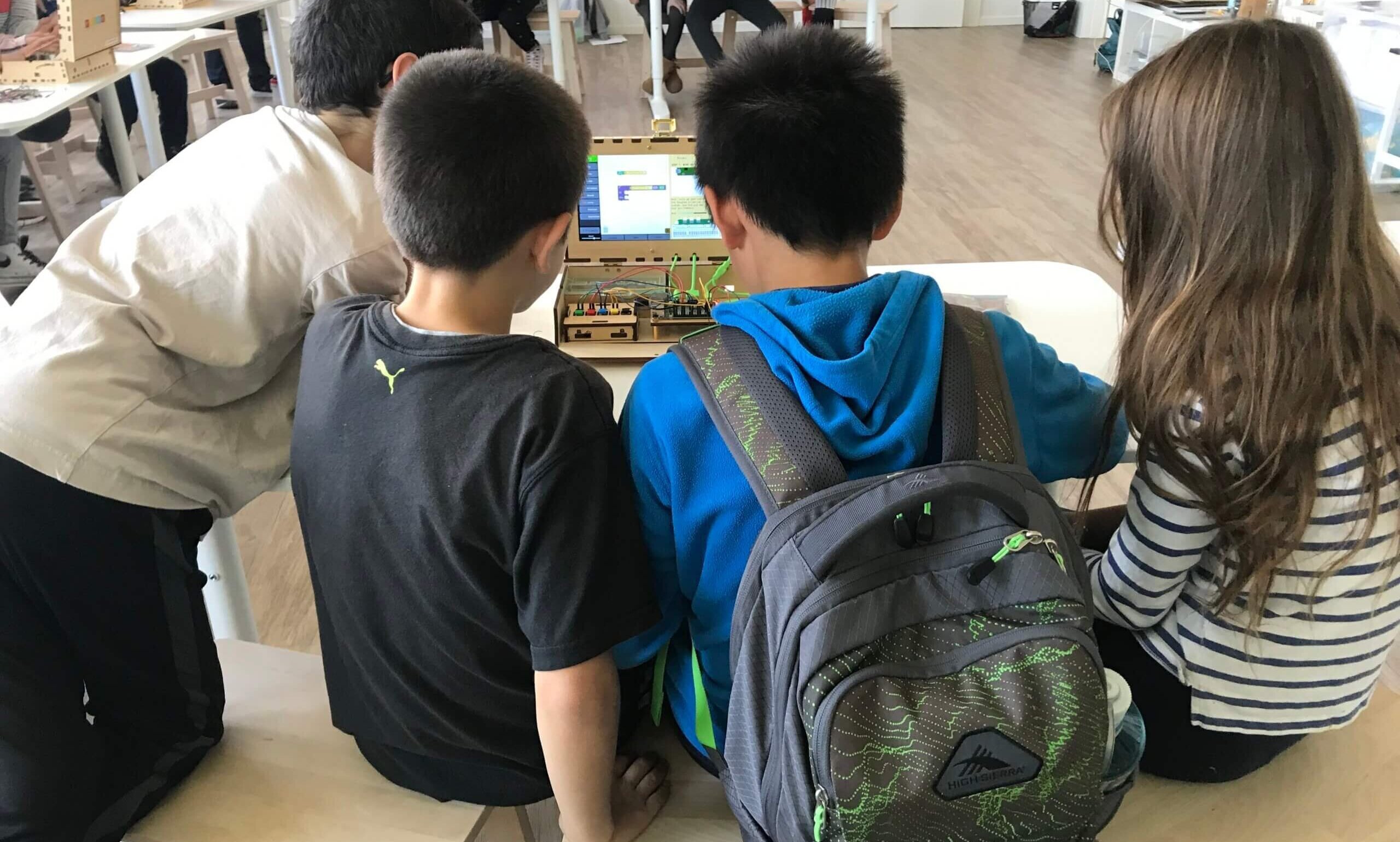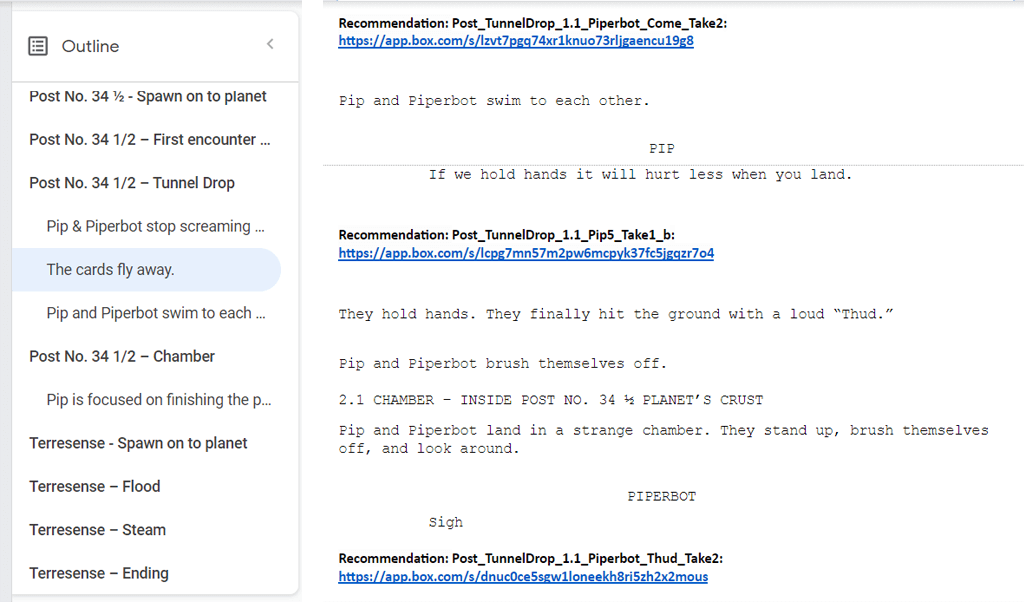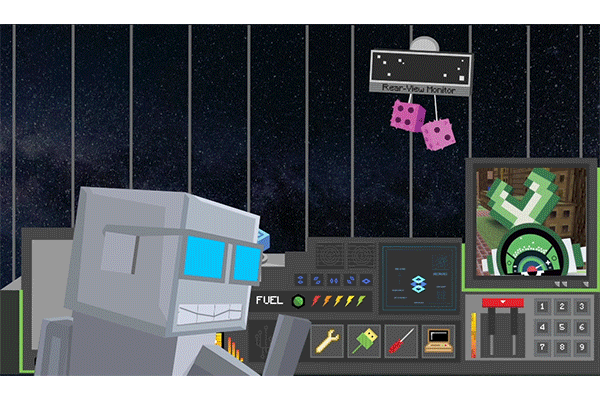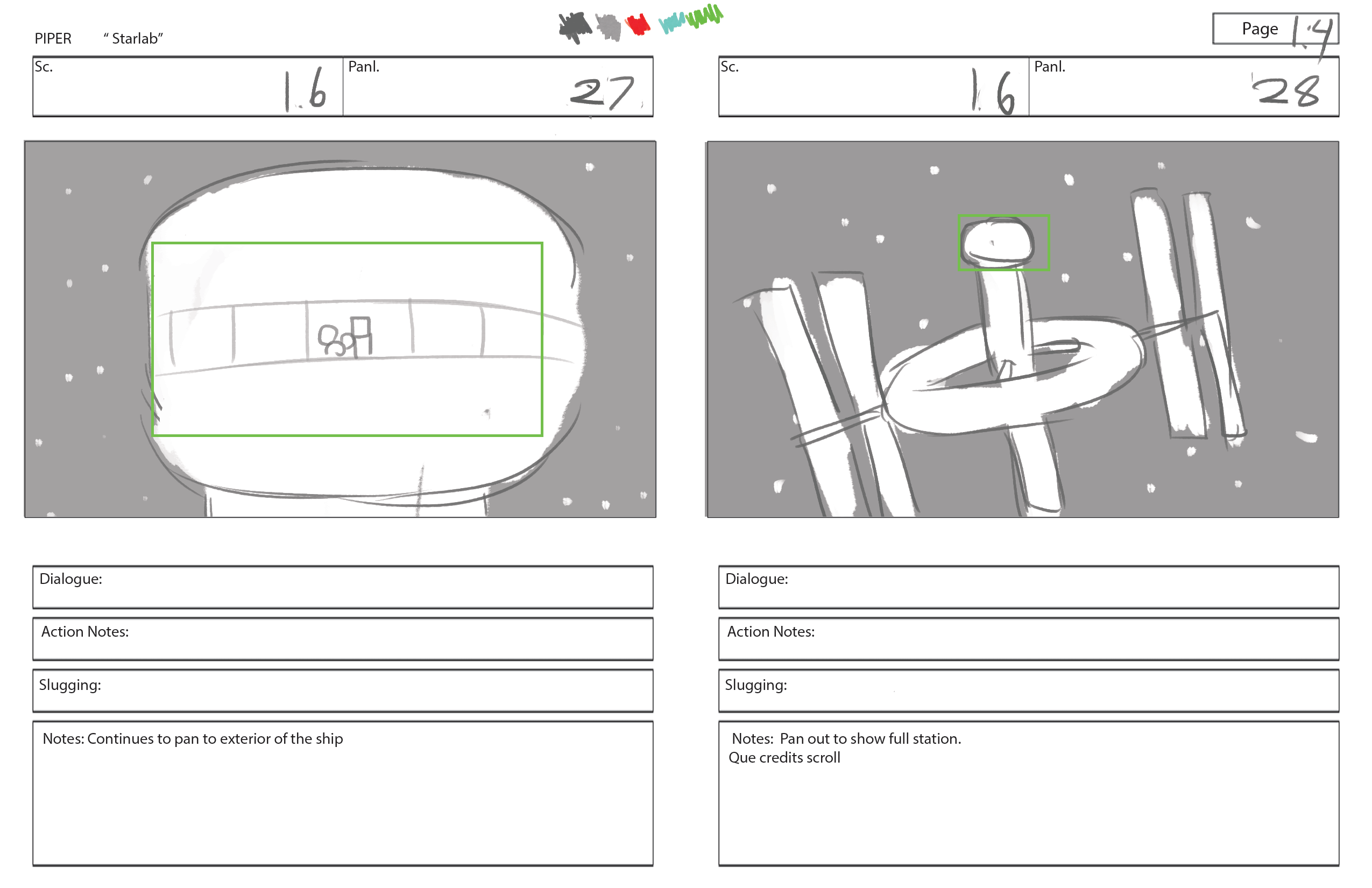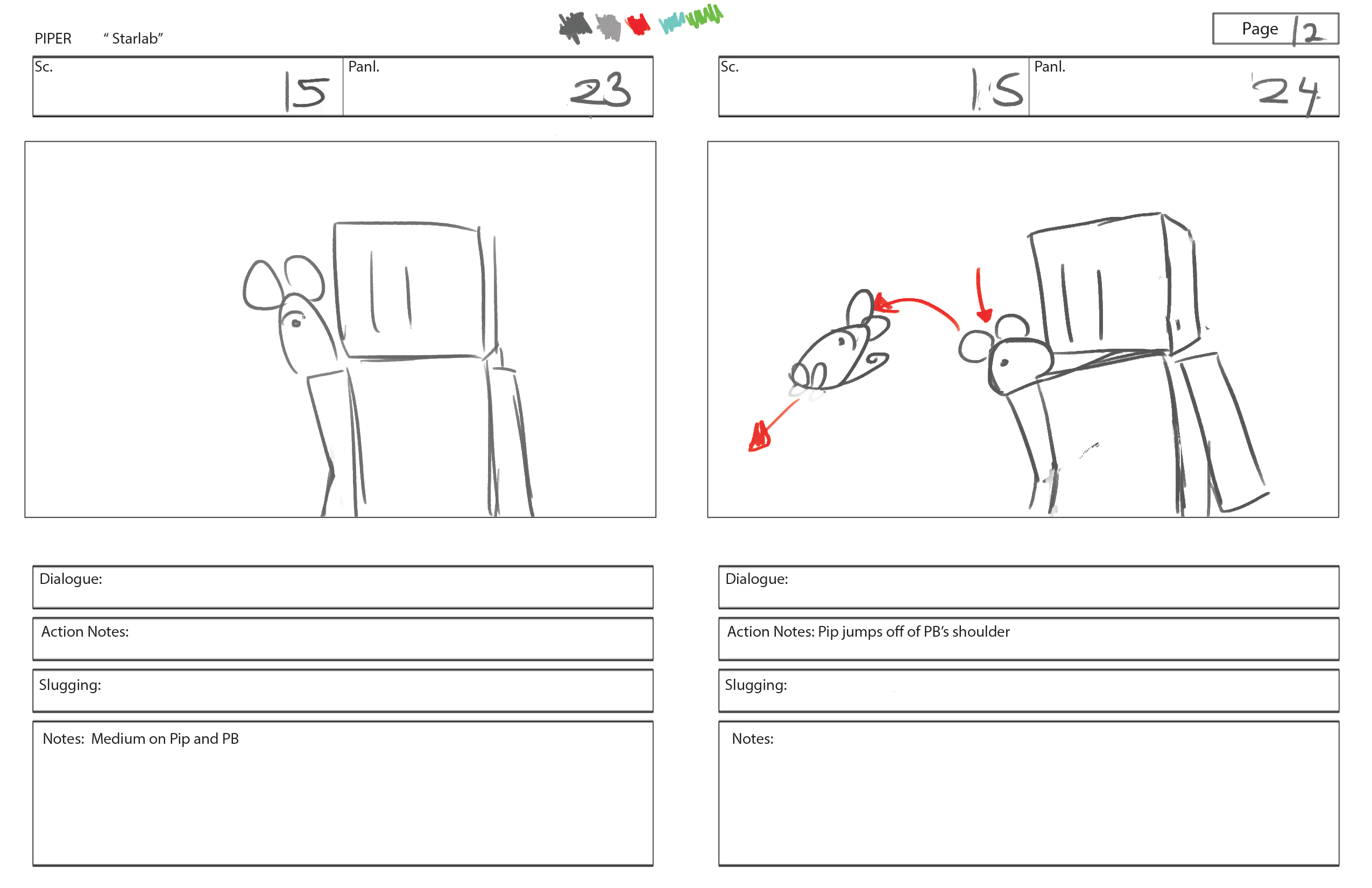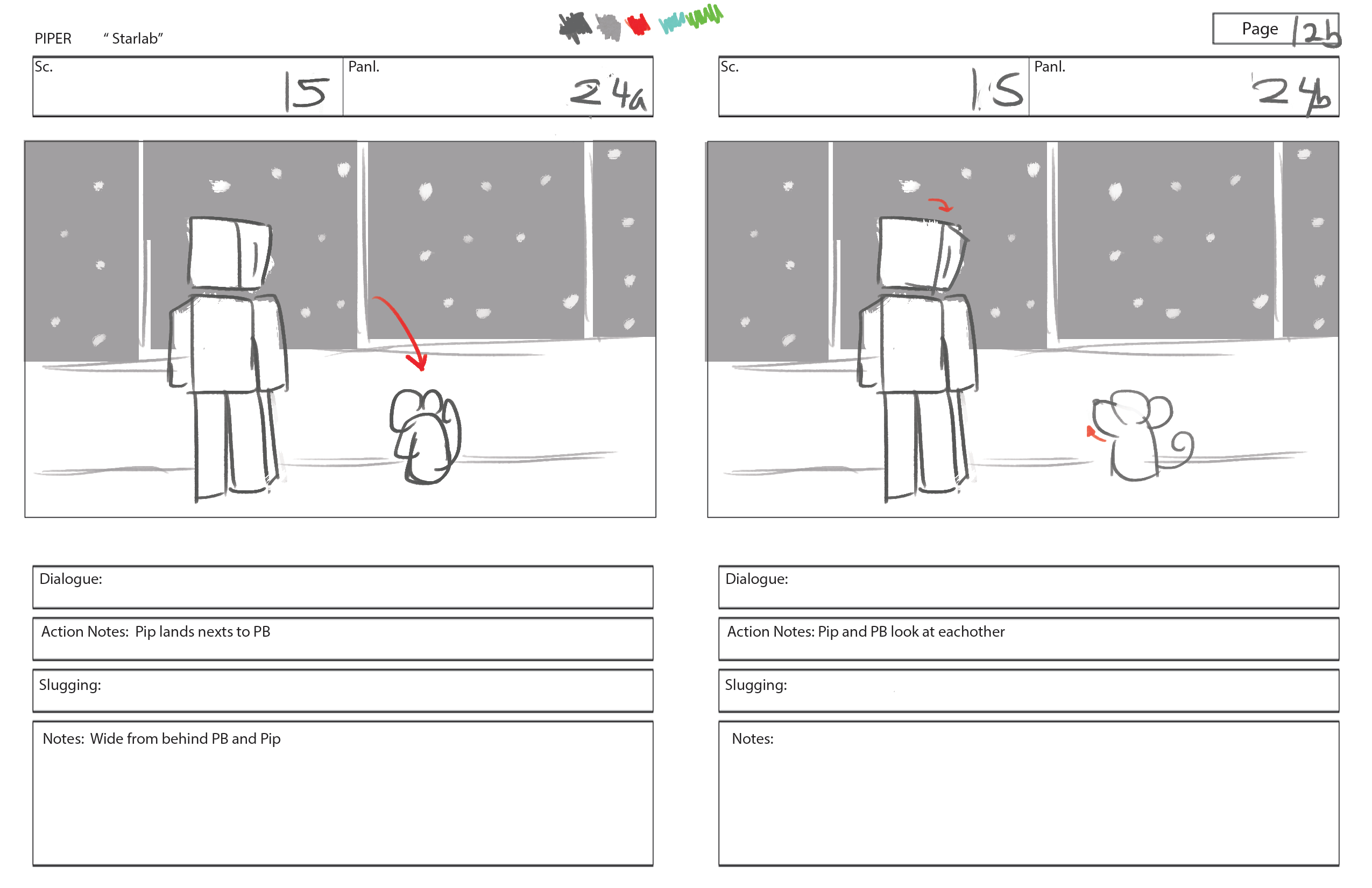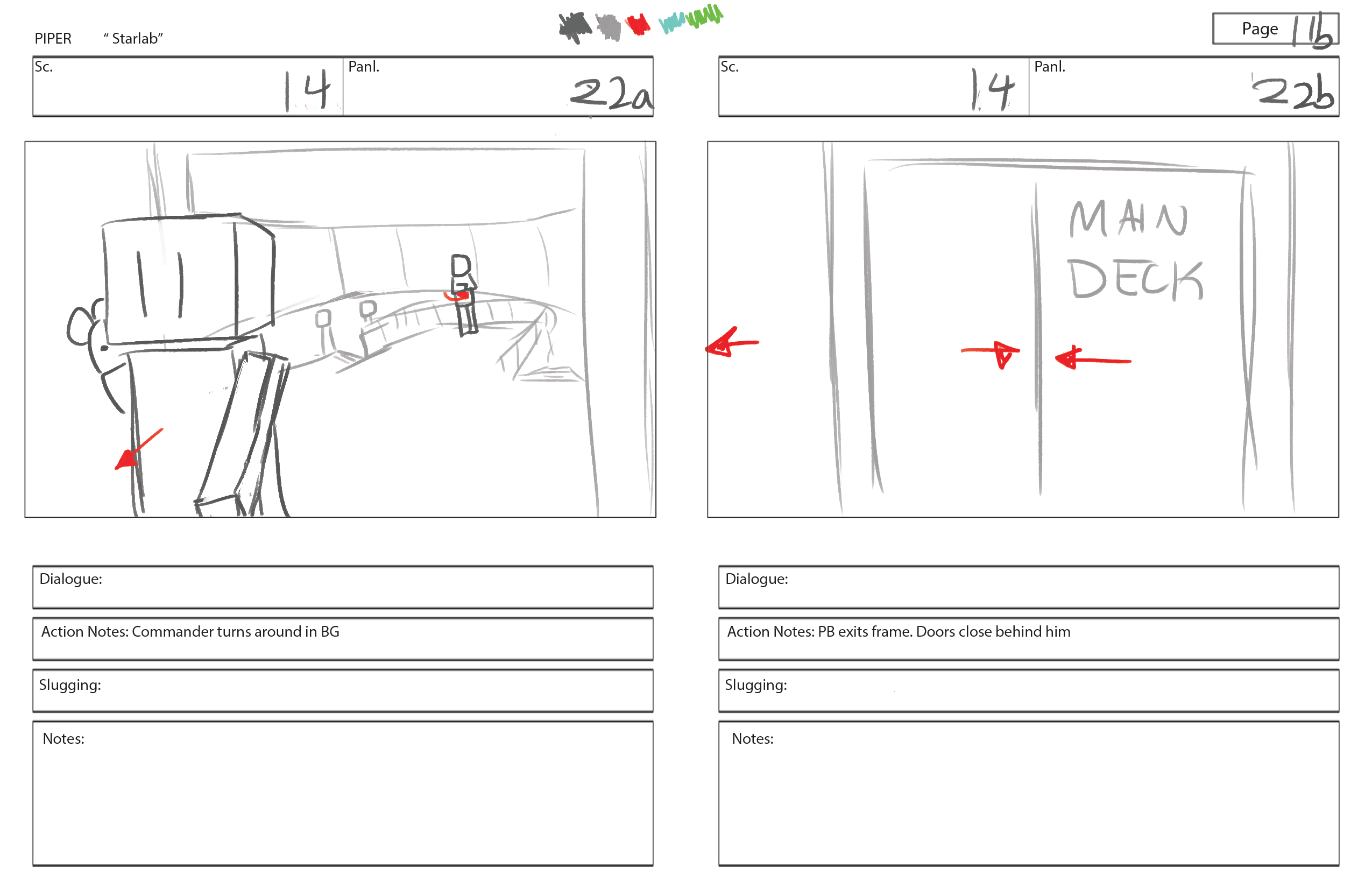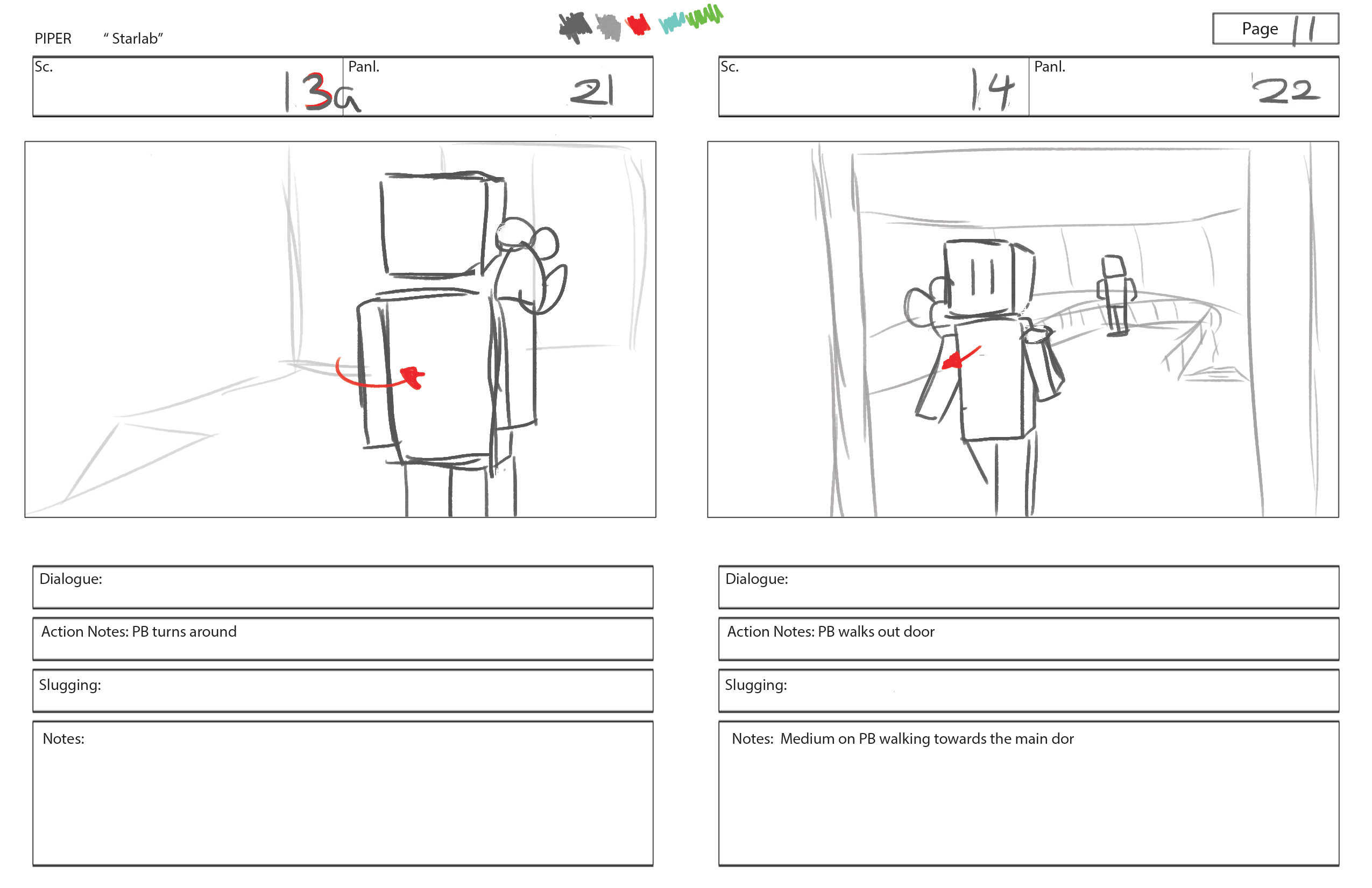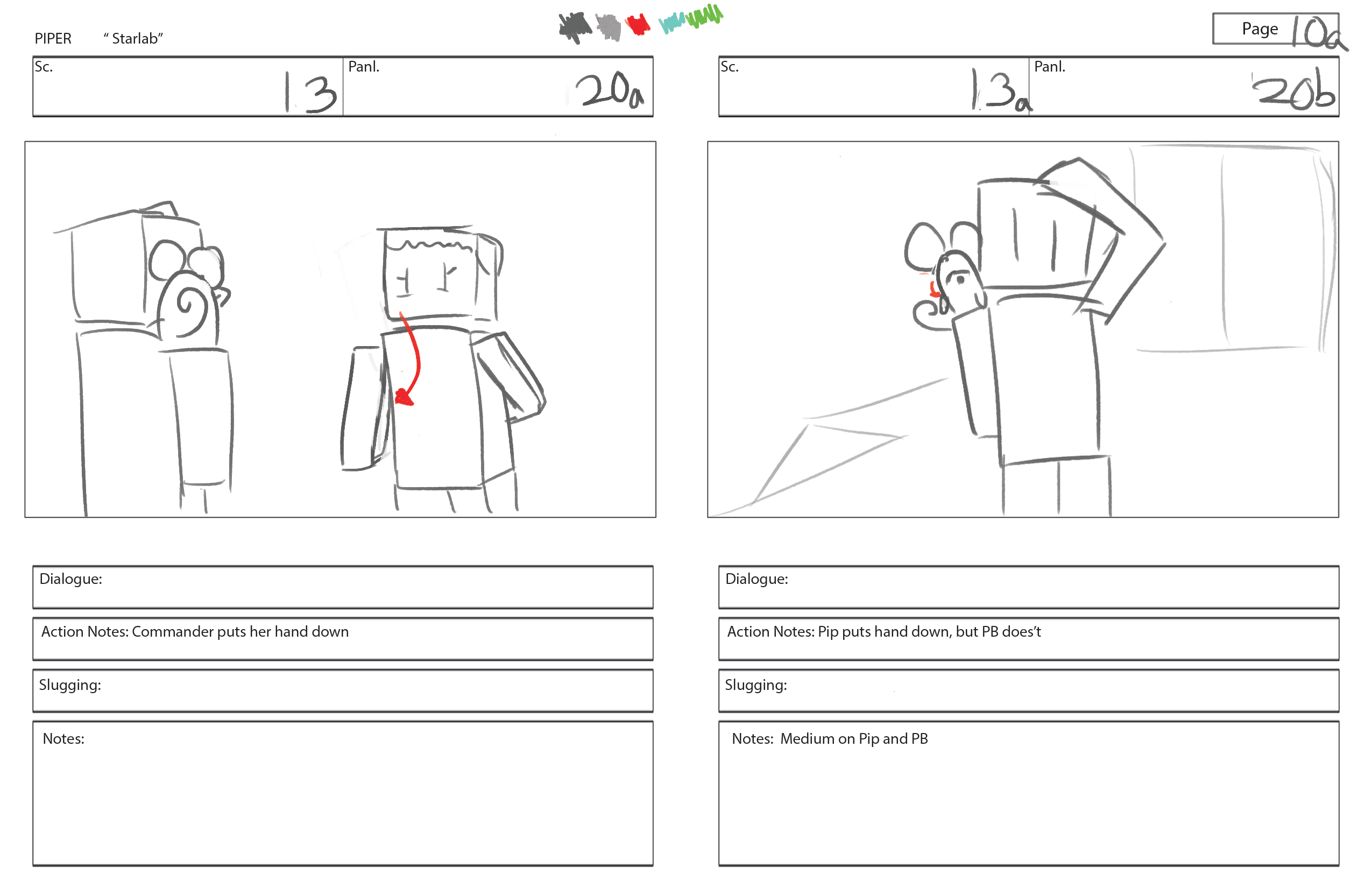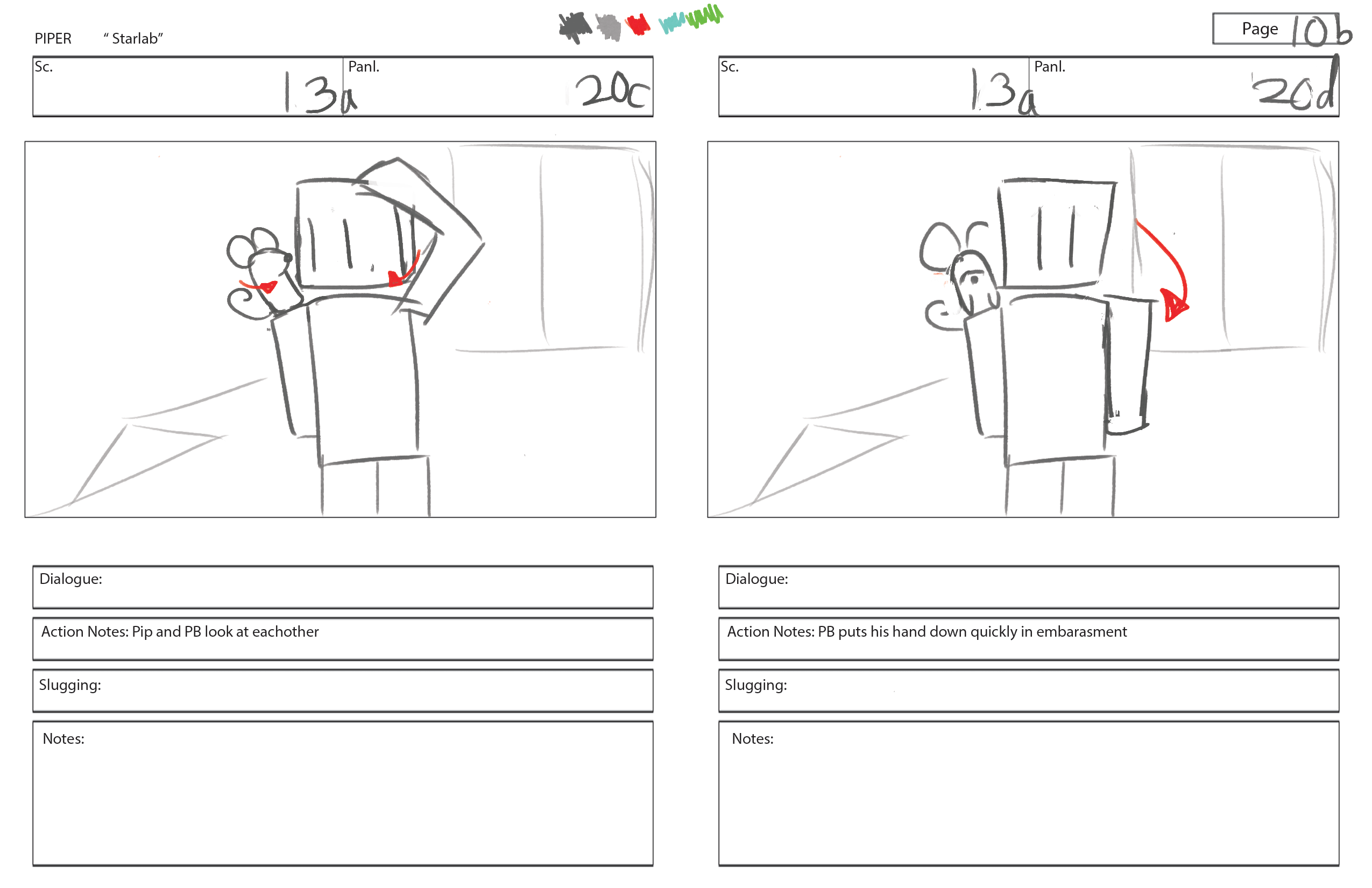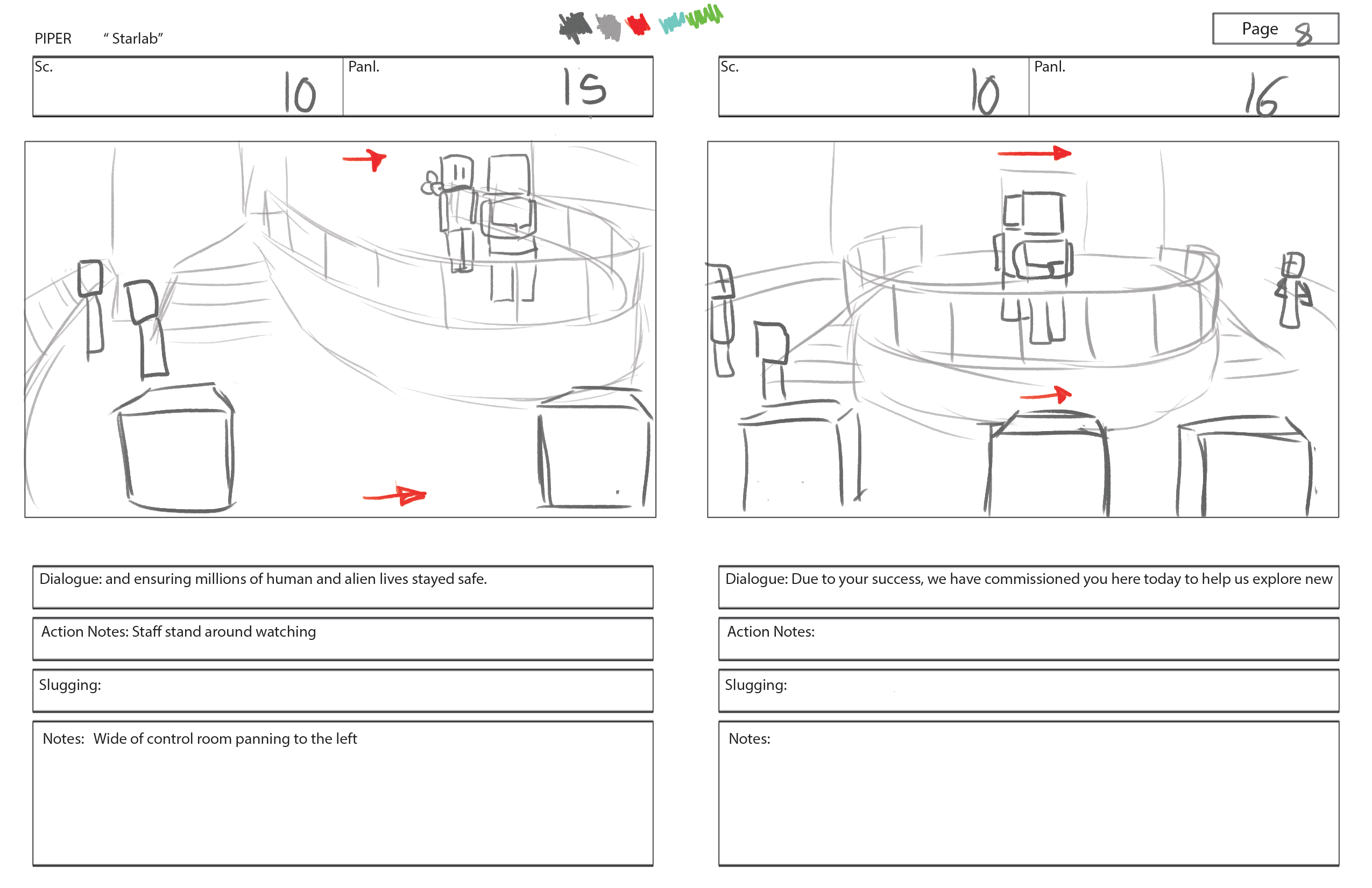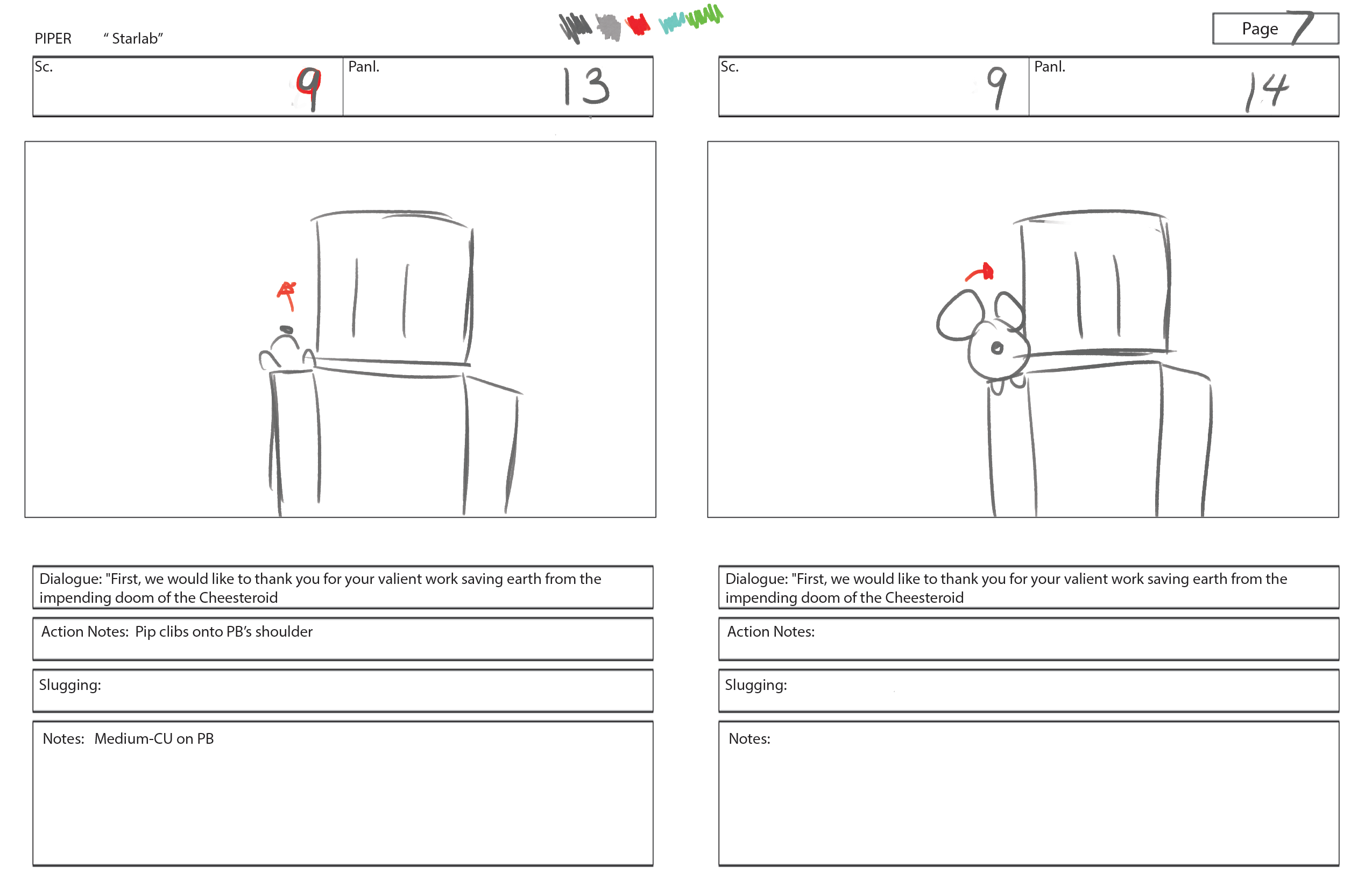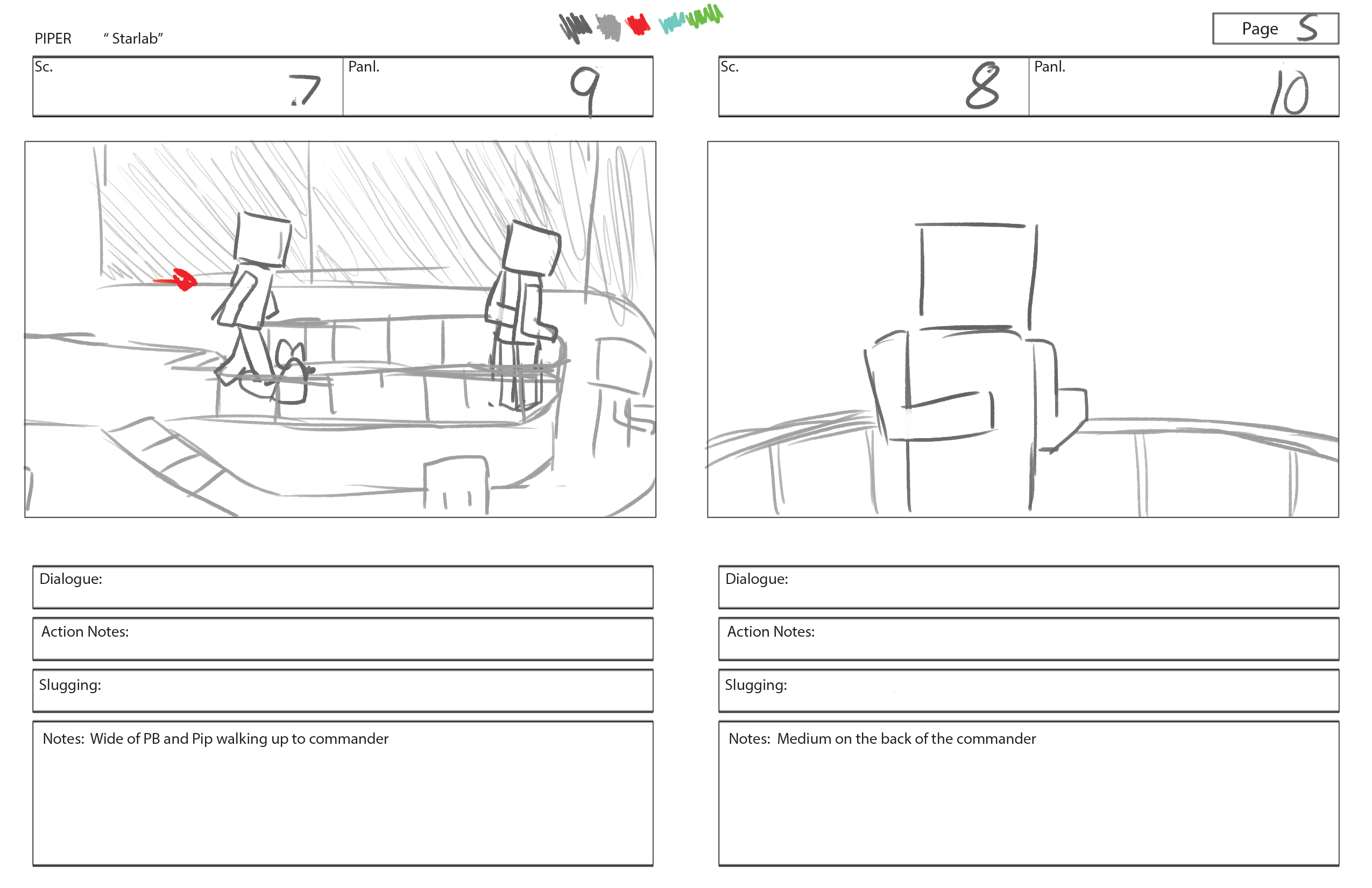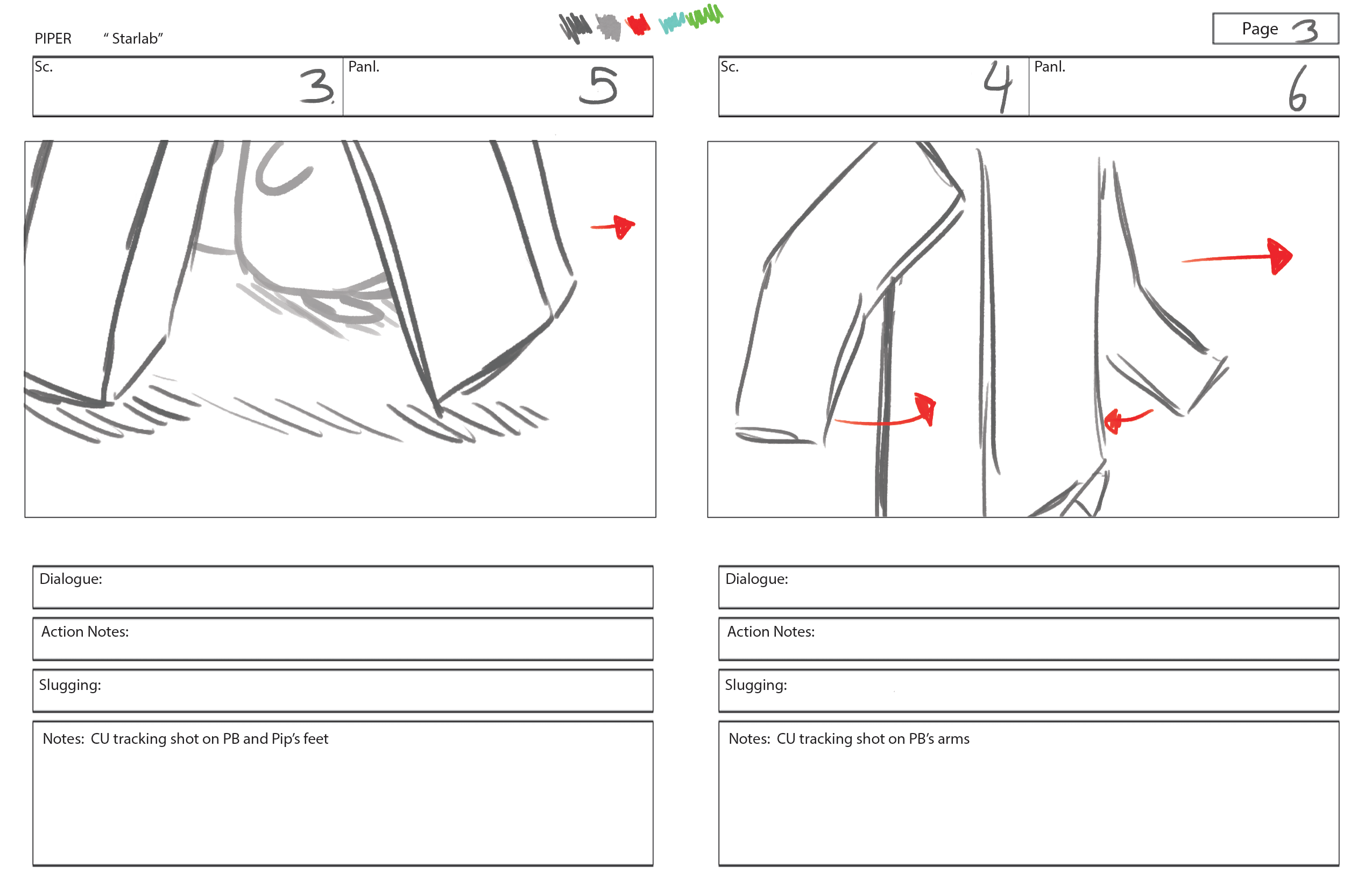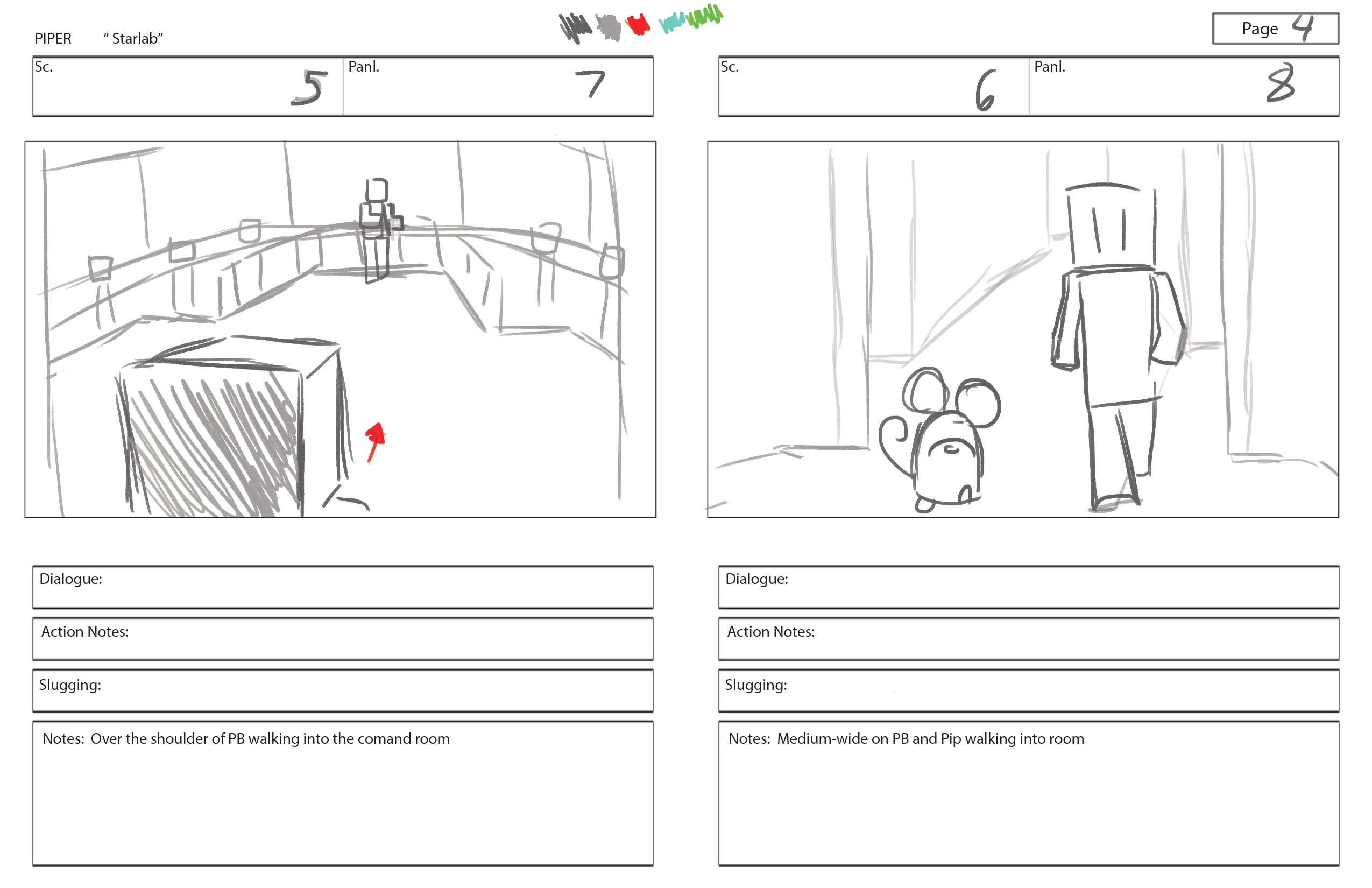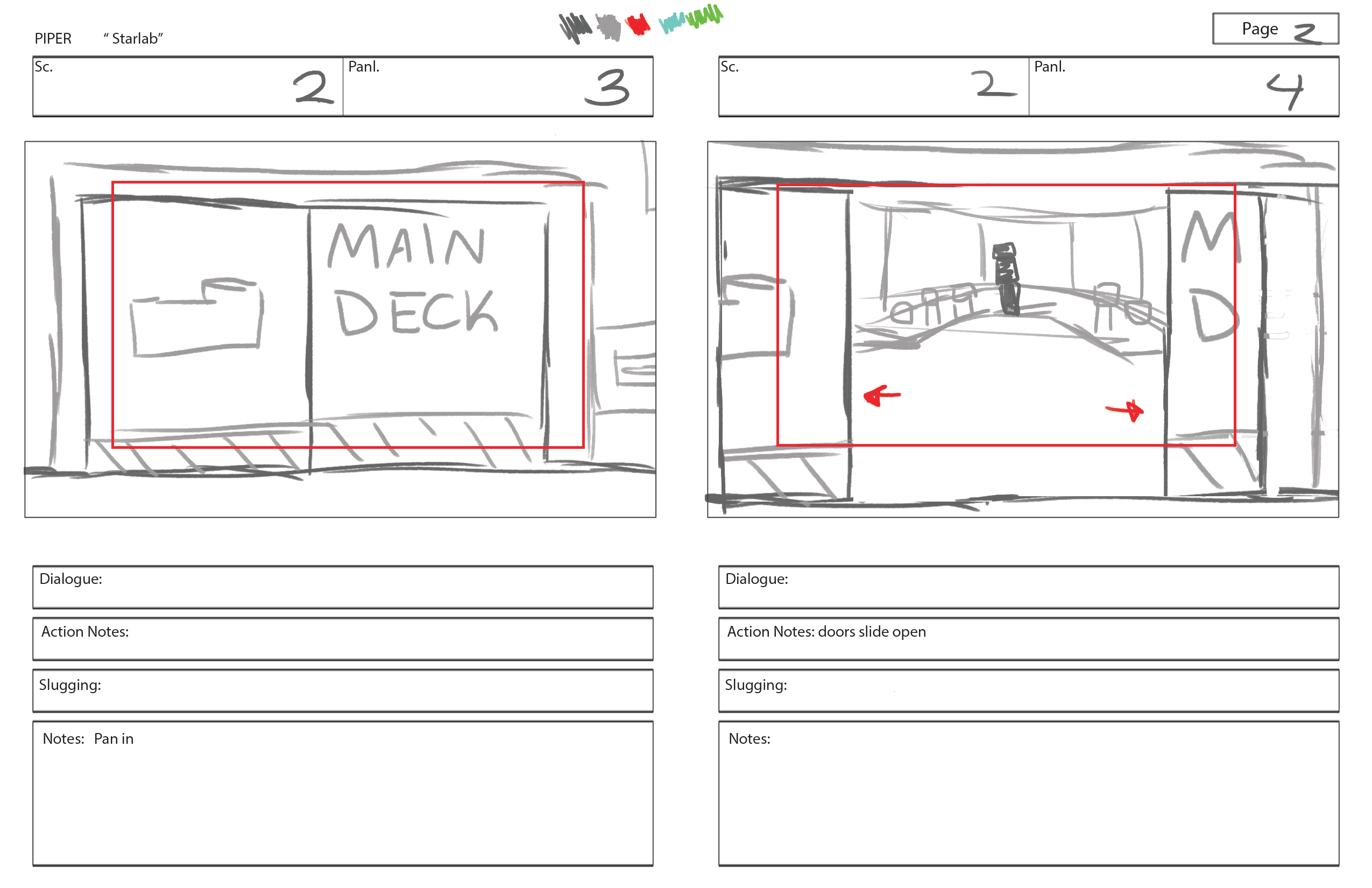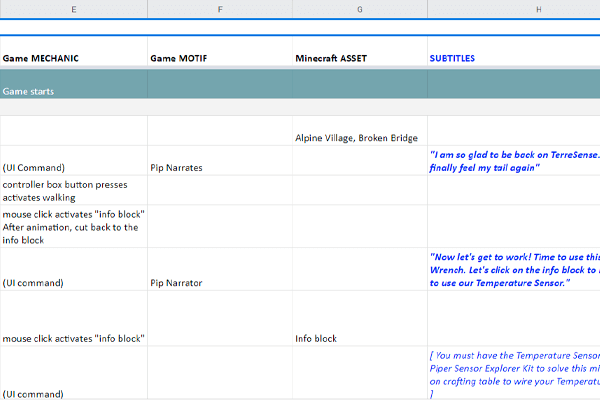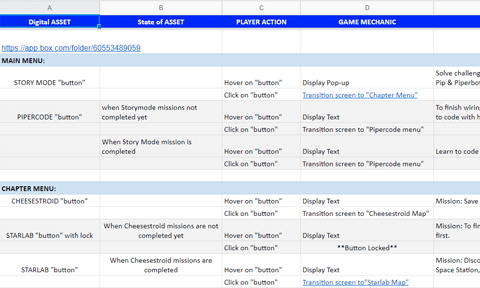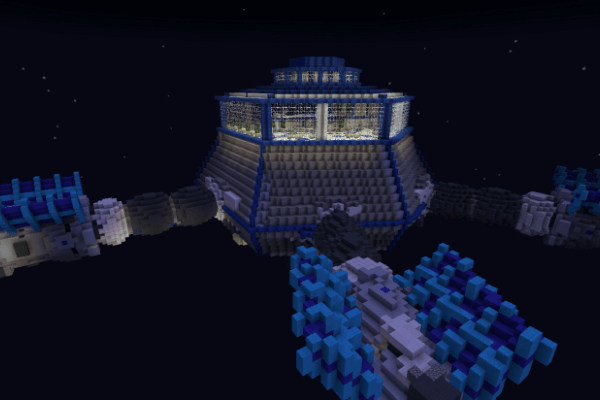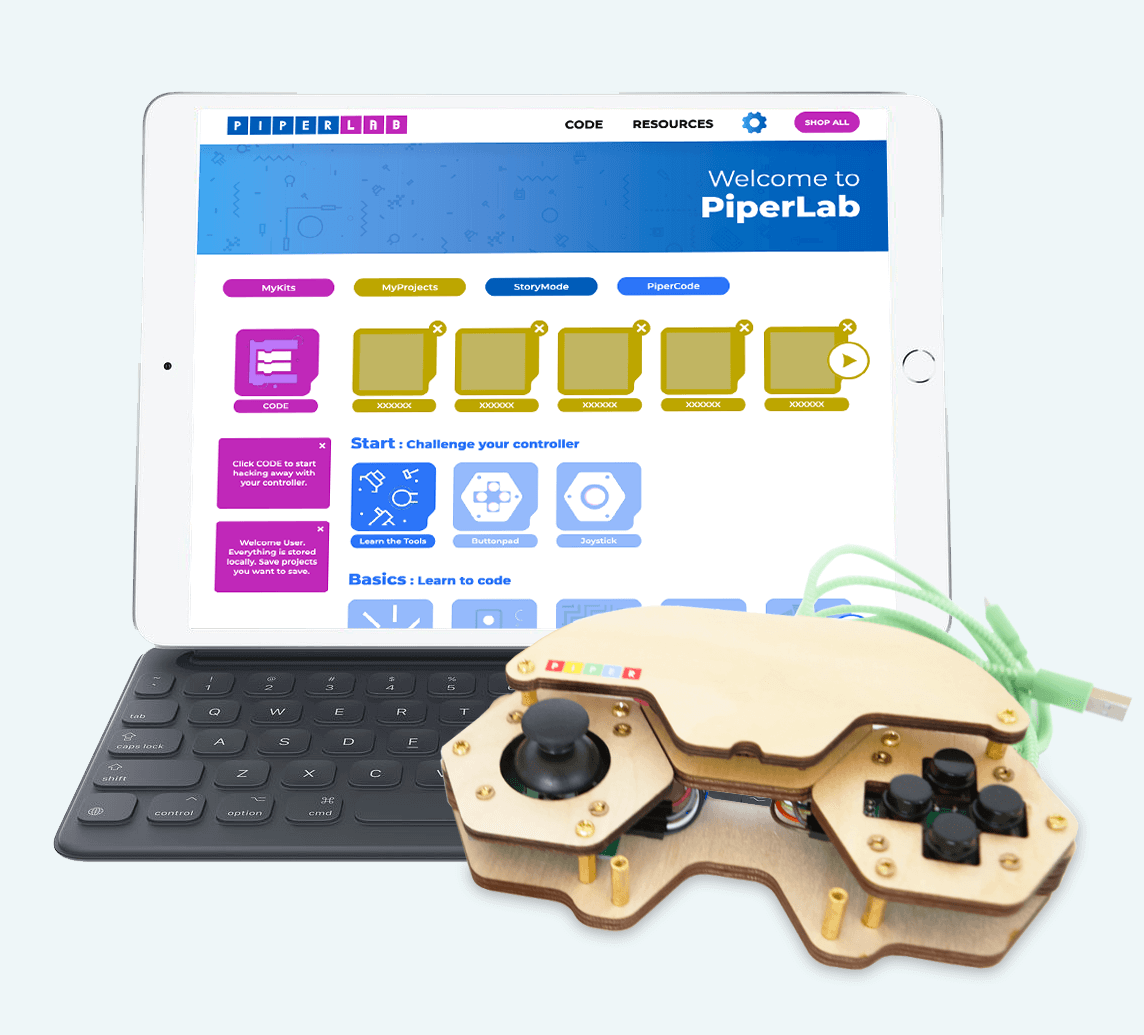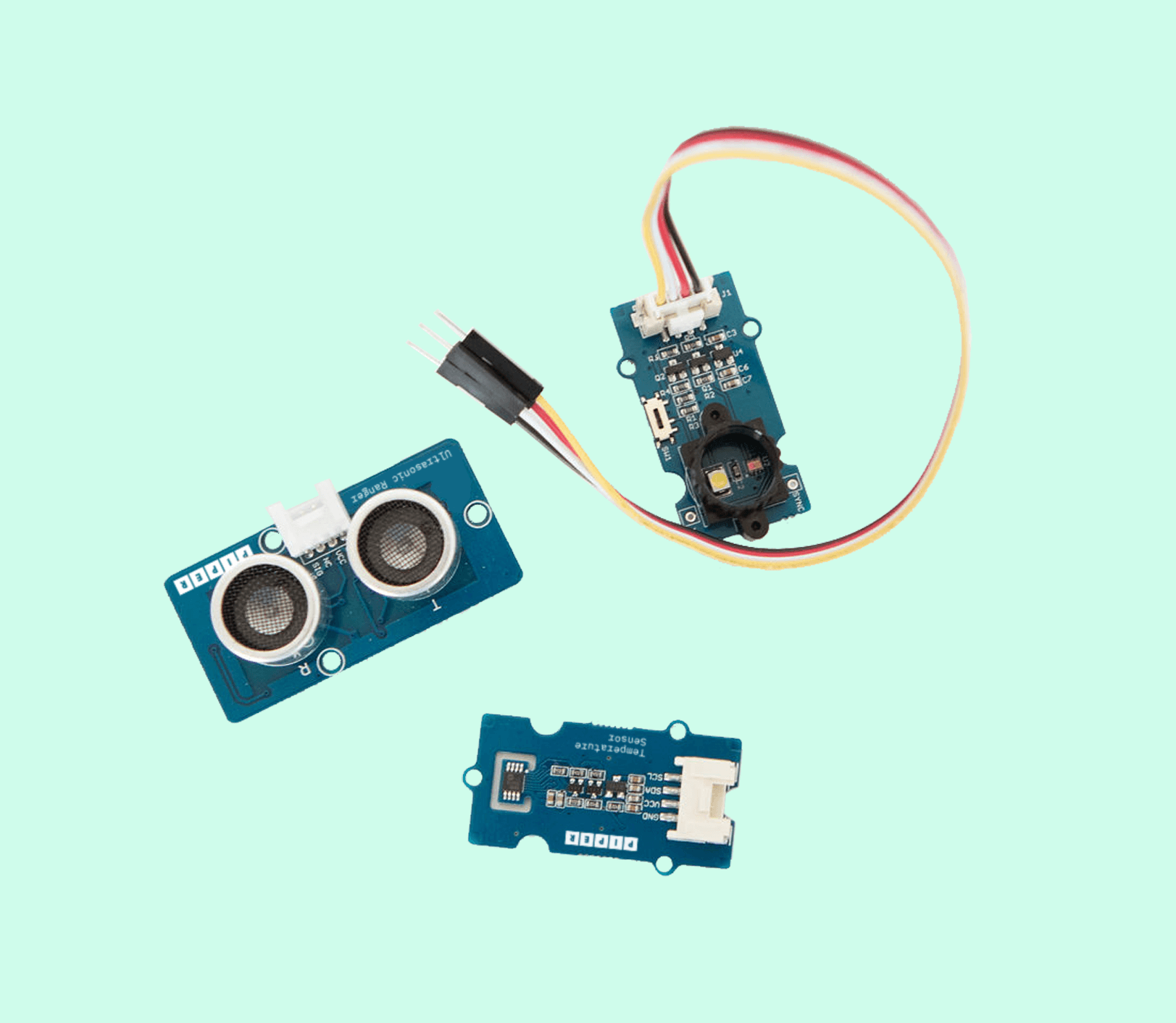SENSOR EXPLORER
Extending the STEM hands-on experience of Piperlab with interactive gaming sensors.


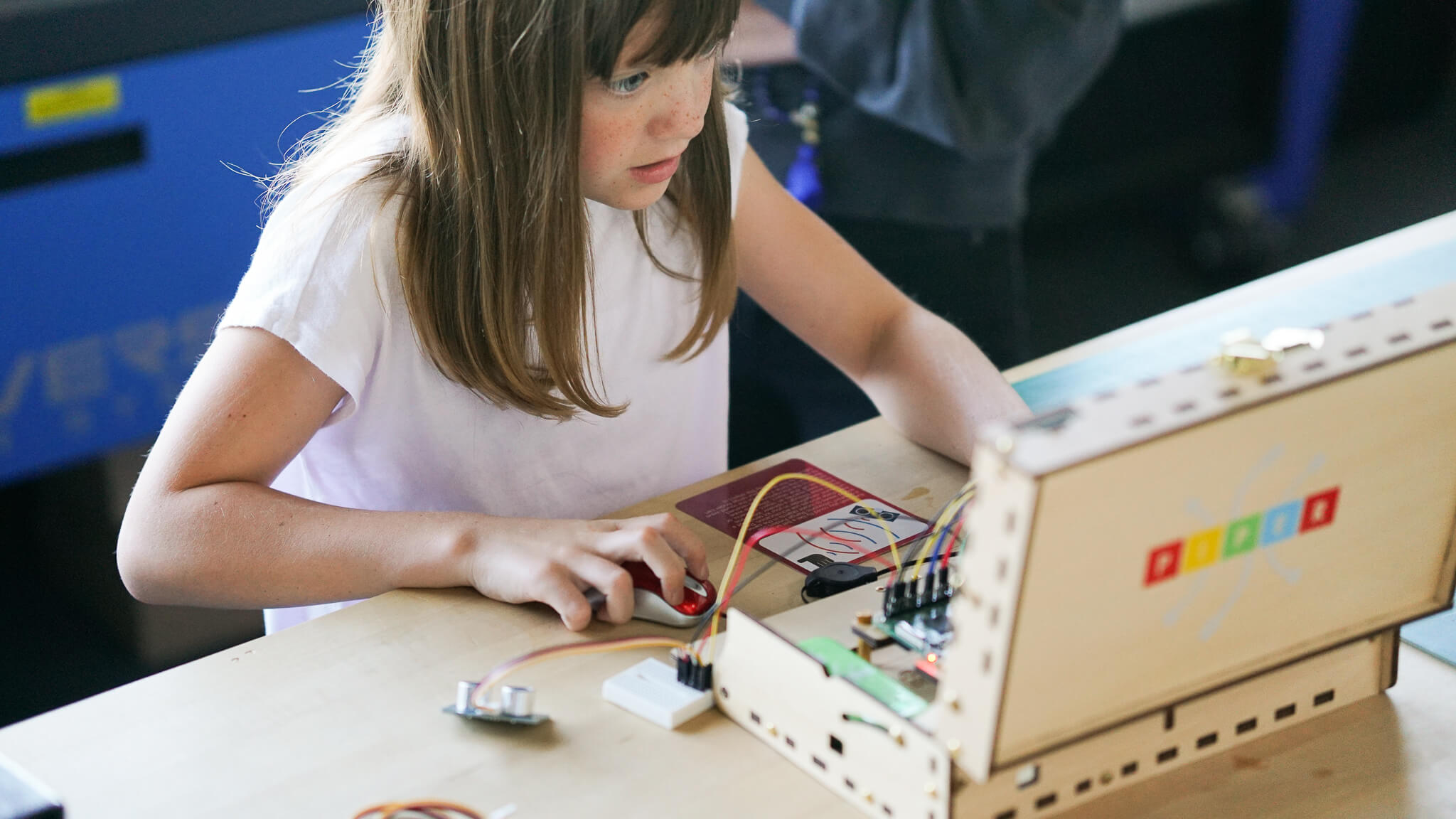
01 ► Refresh Your "Senses"

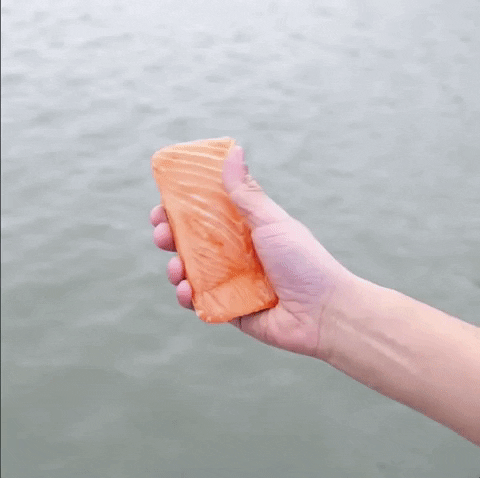
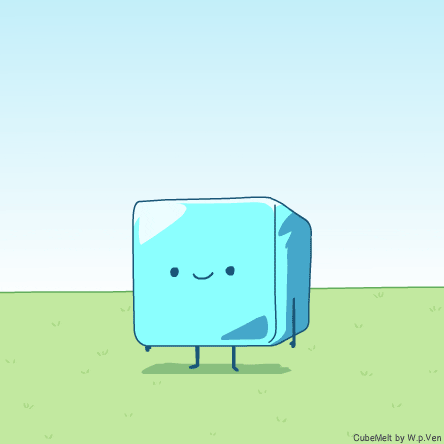
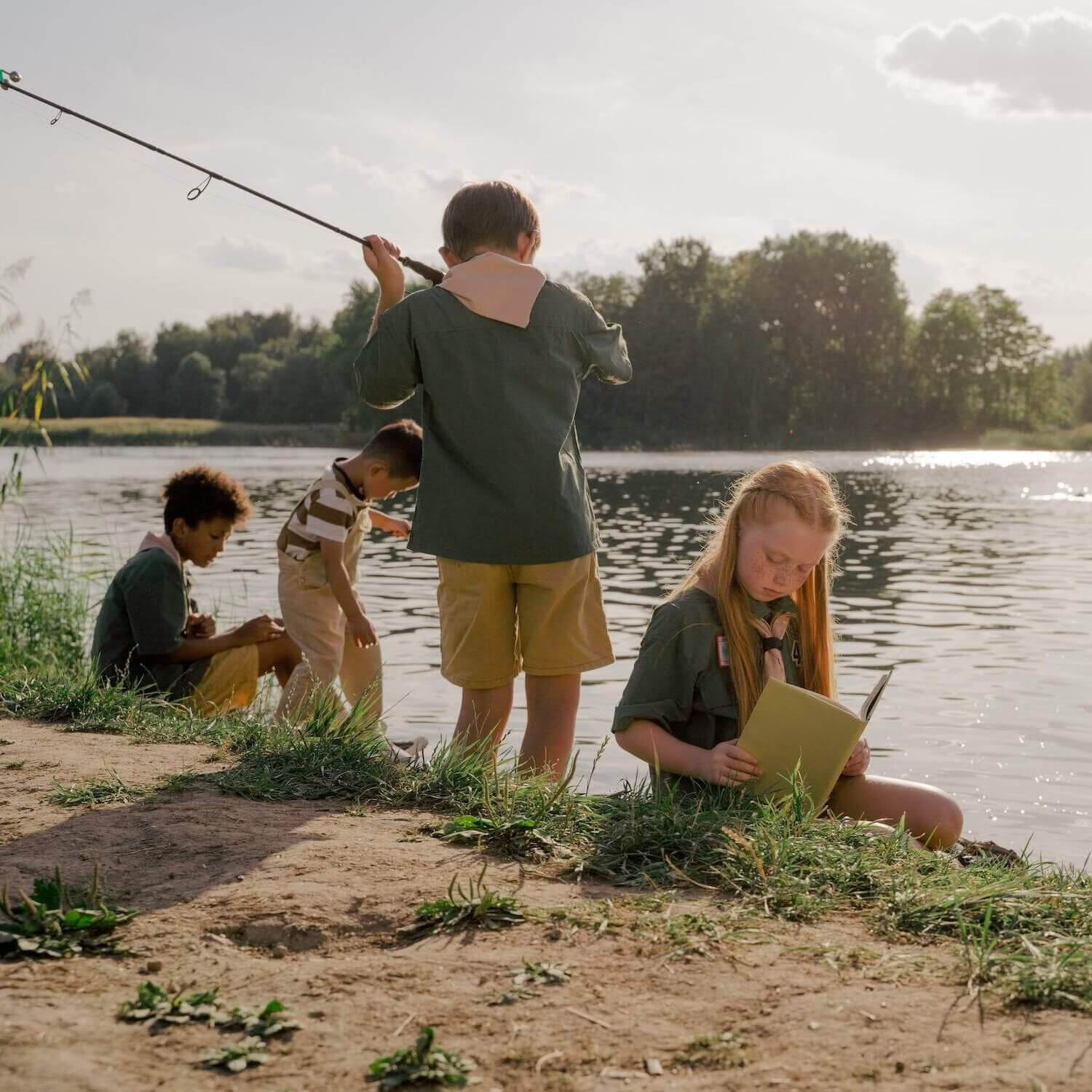
02 ▼ Opportunity
Learning just to code does not fundamentally improve the way students learn — by mixing and blending academic subjects, students combine their interests with real-world problems to become advanced critical thinkers. In growing the Piperverse, I knew that we needed to not only blend in new areas of learning but also explore social emotional learning and cause and effect inputs to educate better problem solvers.
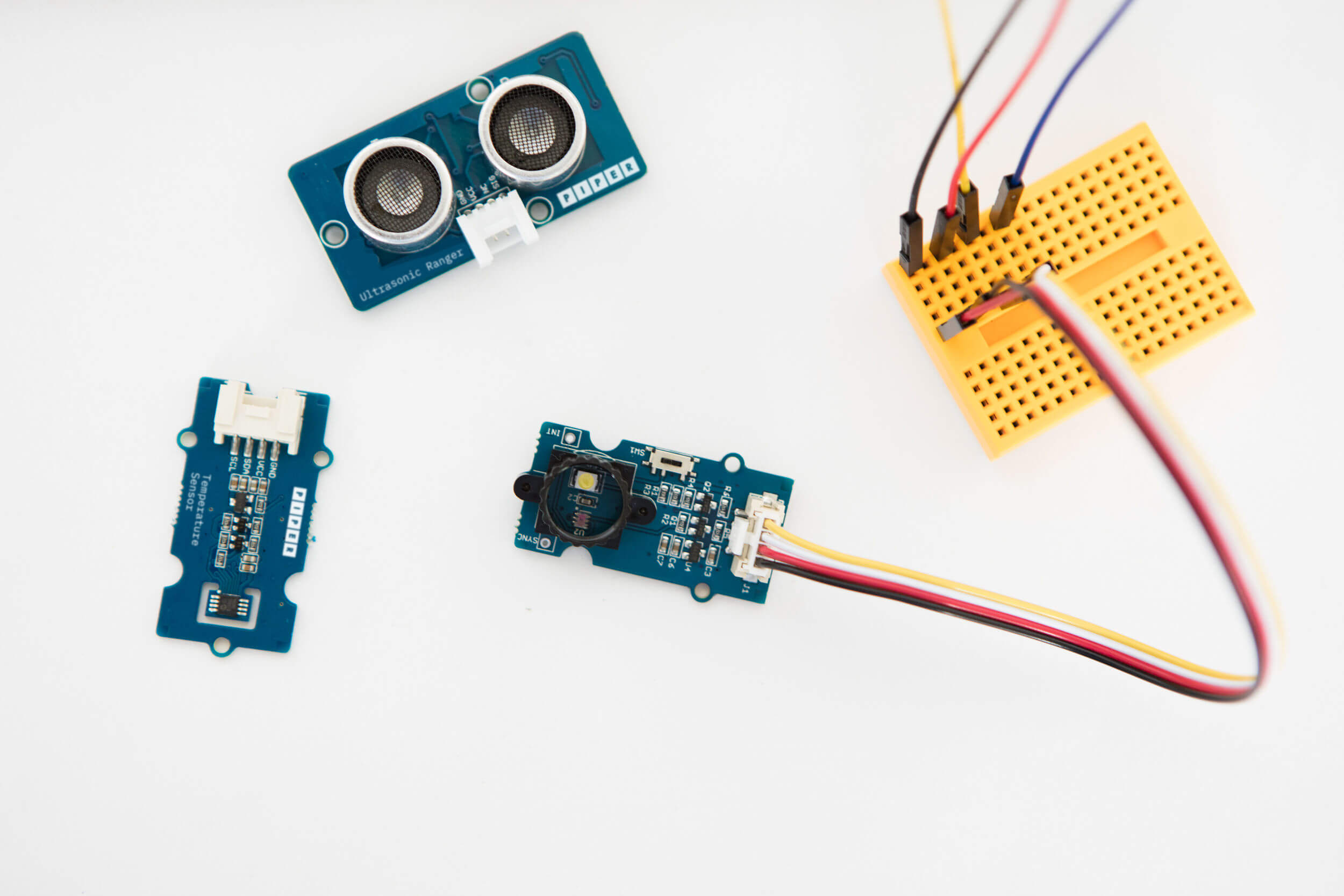
I brought in the education department at the start of development to challenge the coding status quo weaving cross-curricular instruction with a natural science-based curriculum and push the Piperverse to tackle social, emotional conflicts.
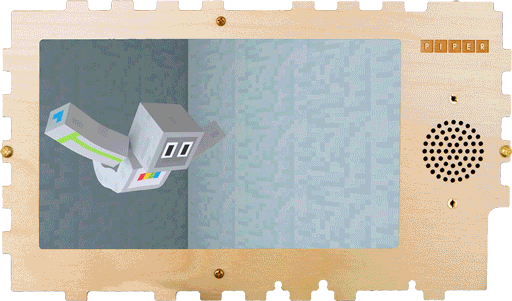
03 ► Features
For ages 8+, each sensor takes users along a diverse range of education scenarios to experiment in their everyday living and learning environments.



0C ● CHARACTER BUILDING
Real-life social and emotional scenarios came to life through movement studies, comprehensive sound design, and thoughtful environment interactions. To design relatable challenges, I taught the team how to sketch out integrated storyboards to seamlessly intertwine game play with story motivation.

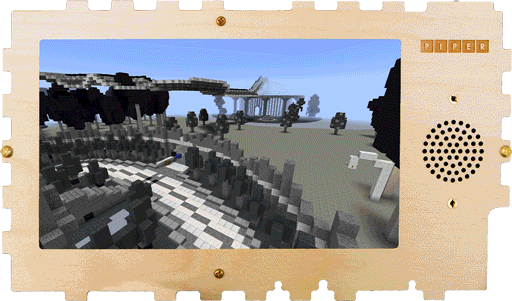




04 ▼ Research Phase
I led qualitative research and quantitative efficacy studies to improve the Piperverse’s software, revealing a need for lower priced SKUs, complex learning, data measuring hardware and more relatable characters.
05 ► Design Playbook
Amidst limitations with the original architecture’s spaghetti code, I led the development team in simultaneously writing the software script, storyboards and curriculum to easily weave together a new experience centered around design principles of MODULAR TOOLS — HANDS ON HEAVY — MODERN FRESH.
0A ● CHARACTER PLAYBOOK
To encourage exploration and recognition of feelings through narrative motivation, comedy relief and thoughtful voice acting, I produced an IP storyboard/script guide to help my team bring the characters to life — motivated characters that authentically grow as they progress.
0B ● SYSTEM RETROFITTING
I led the engineering initiative by providing a design framework of meaningful play with in-game mechanics, motifs, and IRL vs. in-game player actions and improved the fragmented architecture with a more robust menu flow, flexible coding IDE and integrated component libraries, visualizers and simulation widgets.


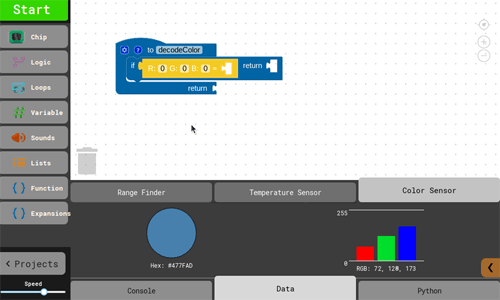
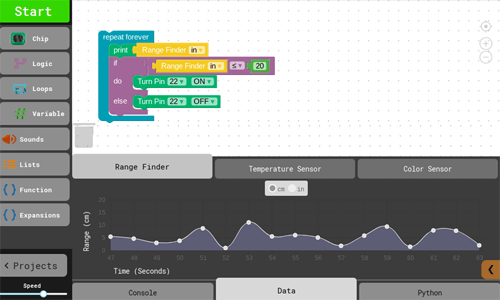


0C ● EDUCATIONAL BLOCKS
When designing a way to provide educational UI control for users, I leveraged the limiting block system to create uniquely branded, intuitive call to action blocks that drastically improve how players engage with the Piperverse.
